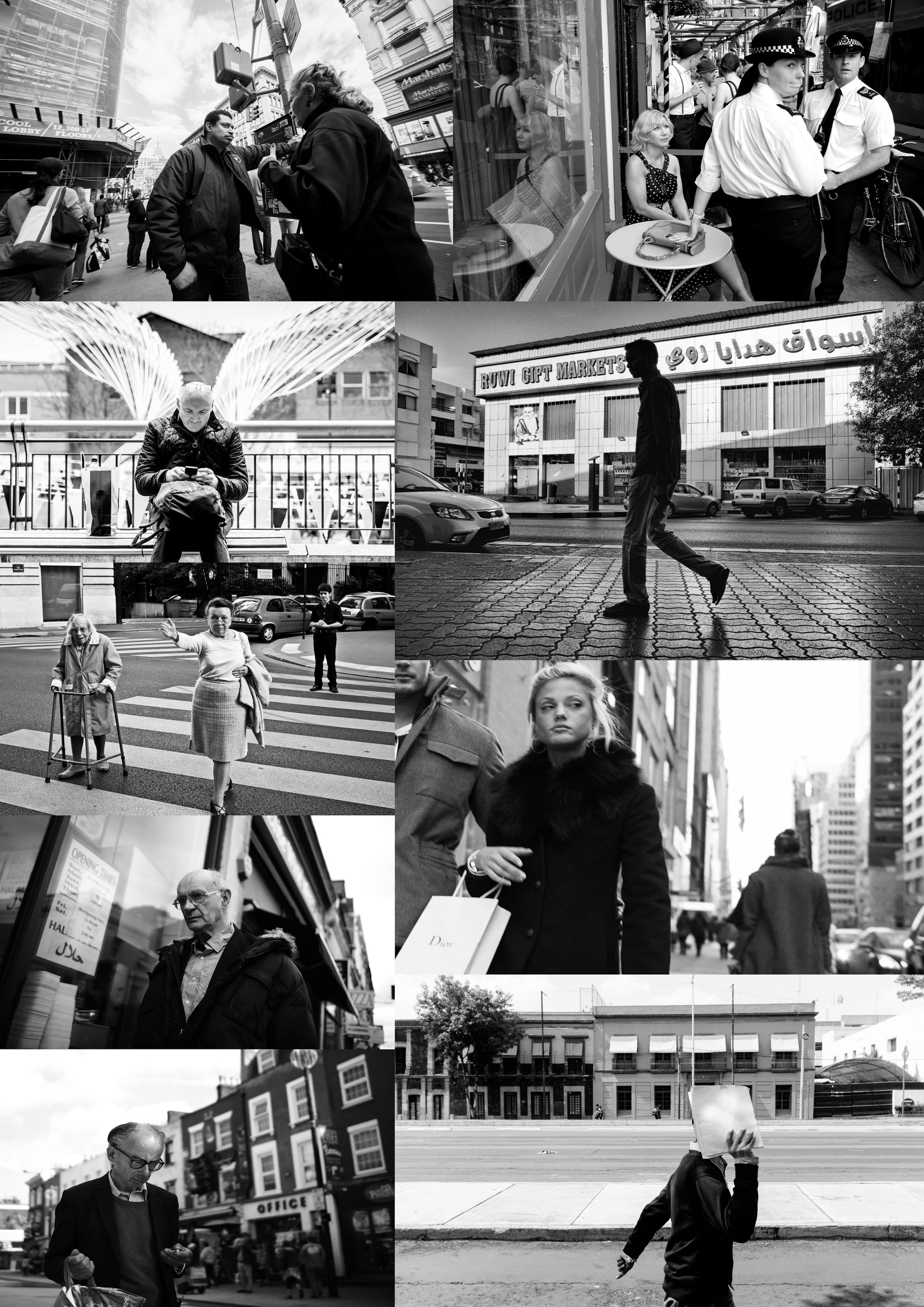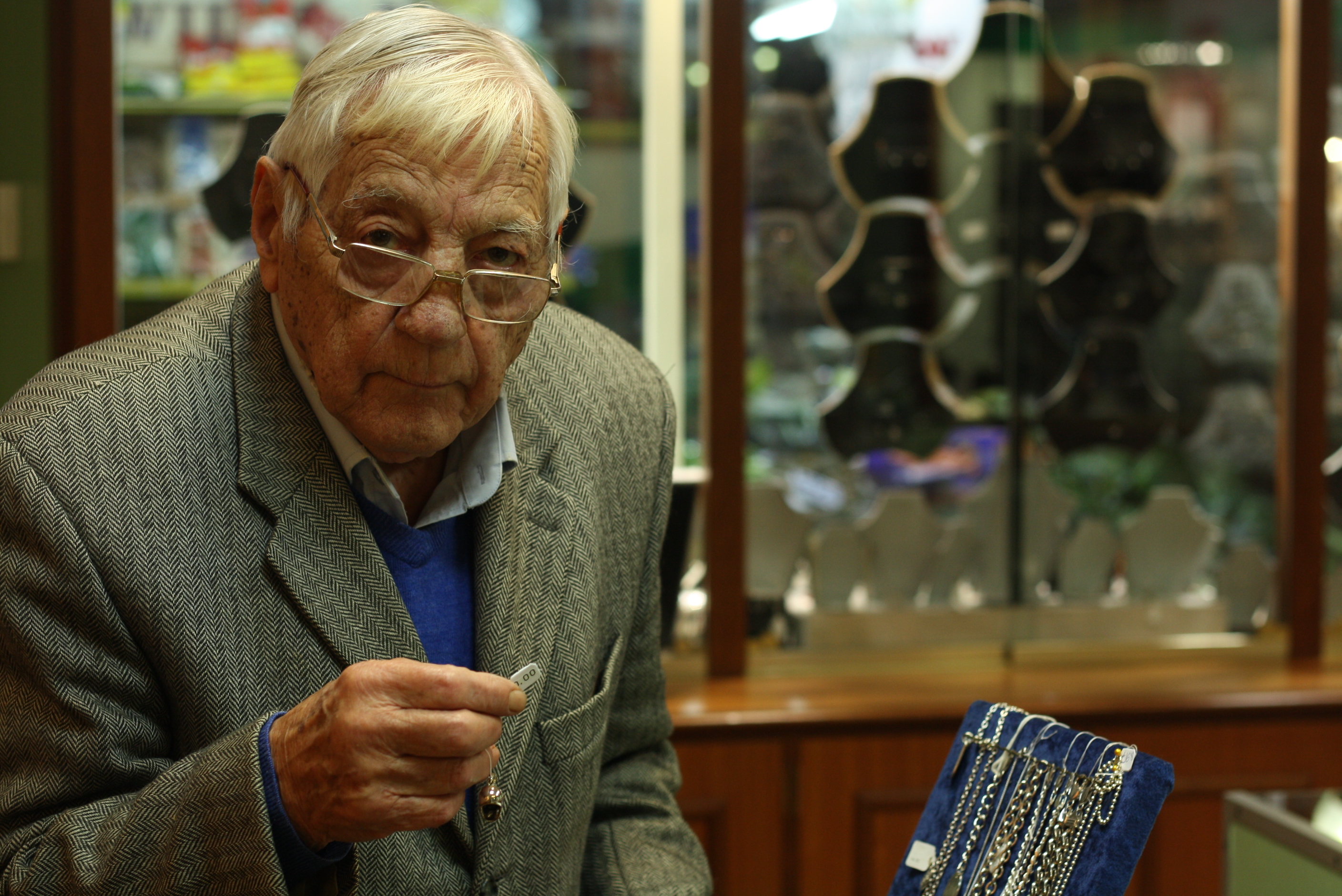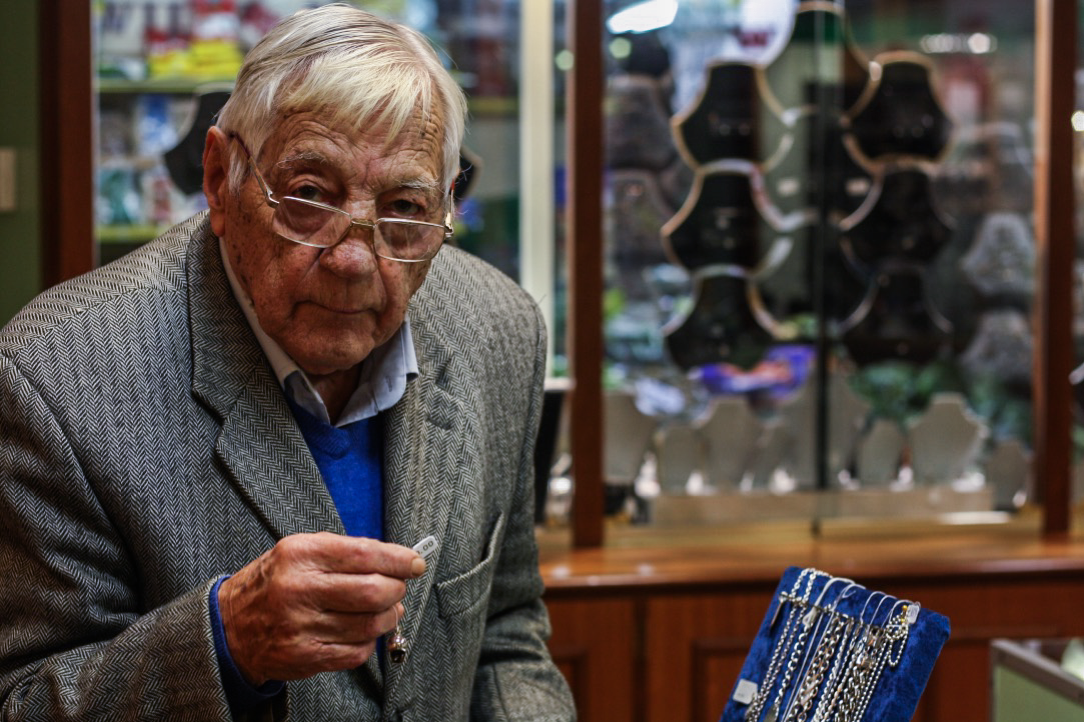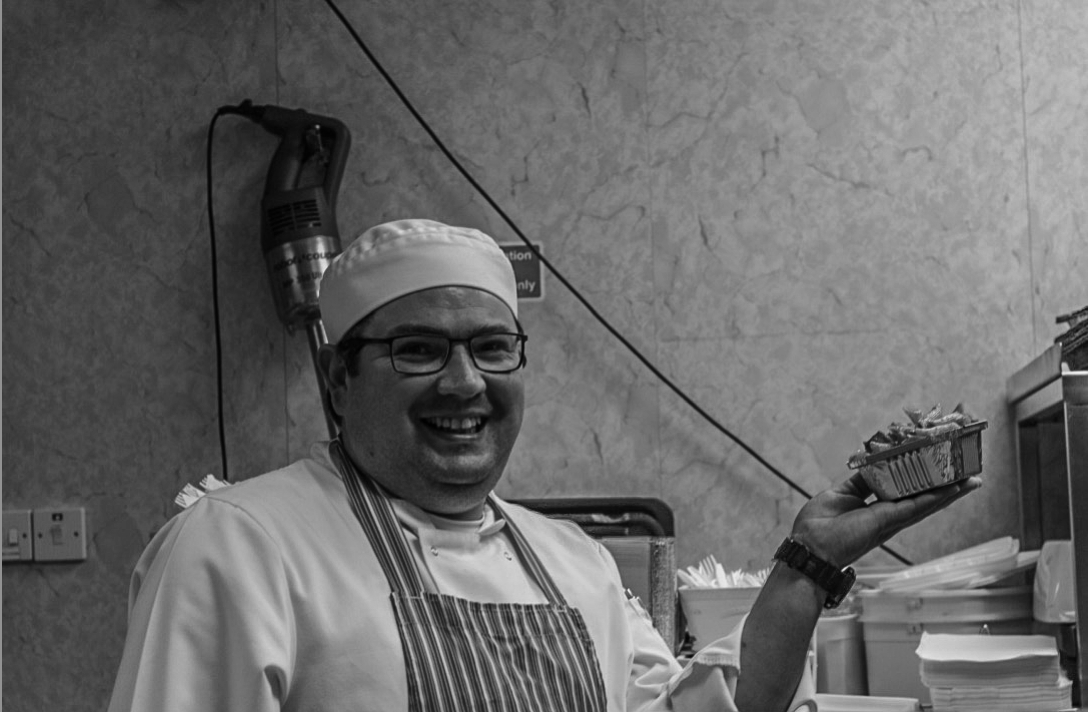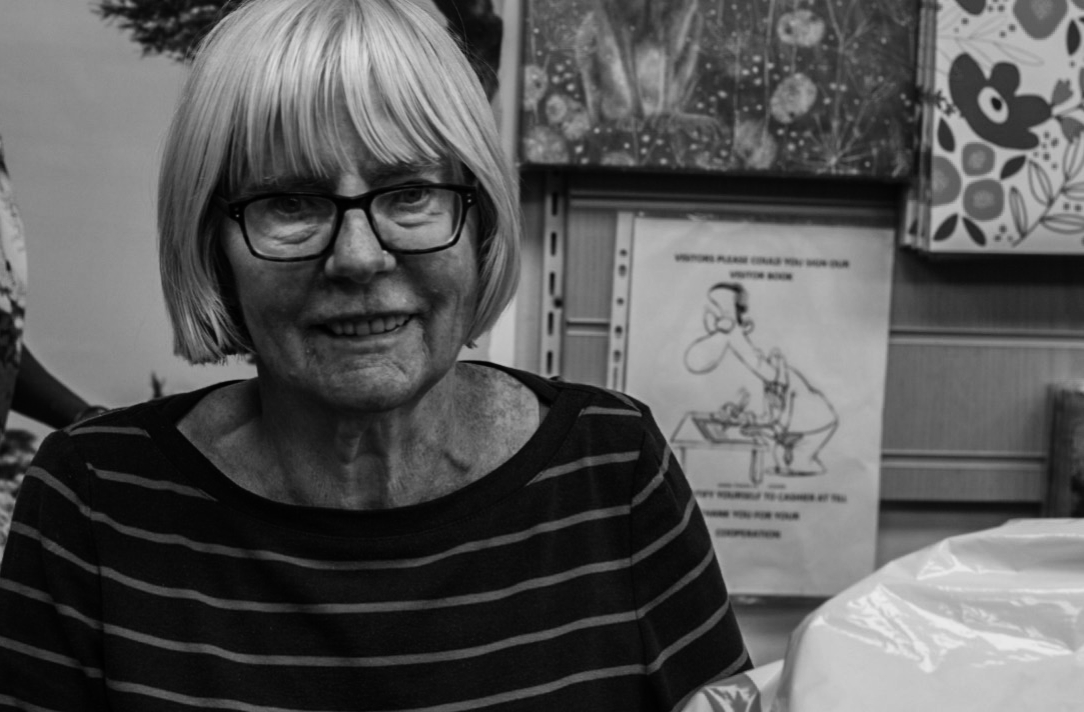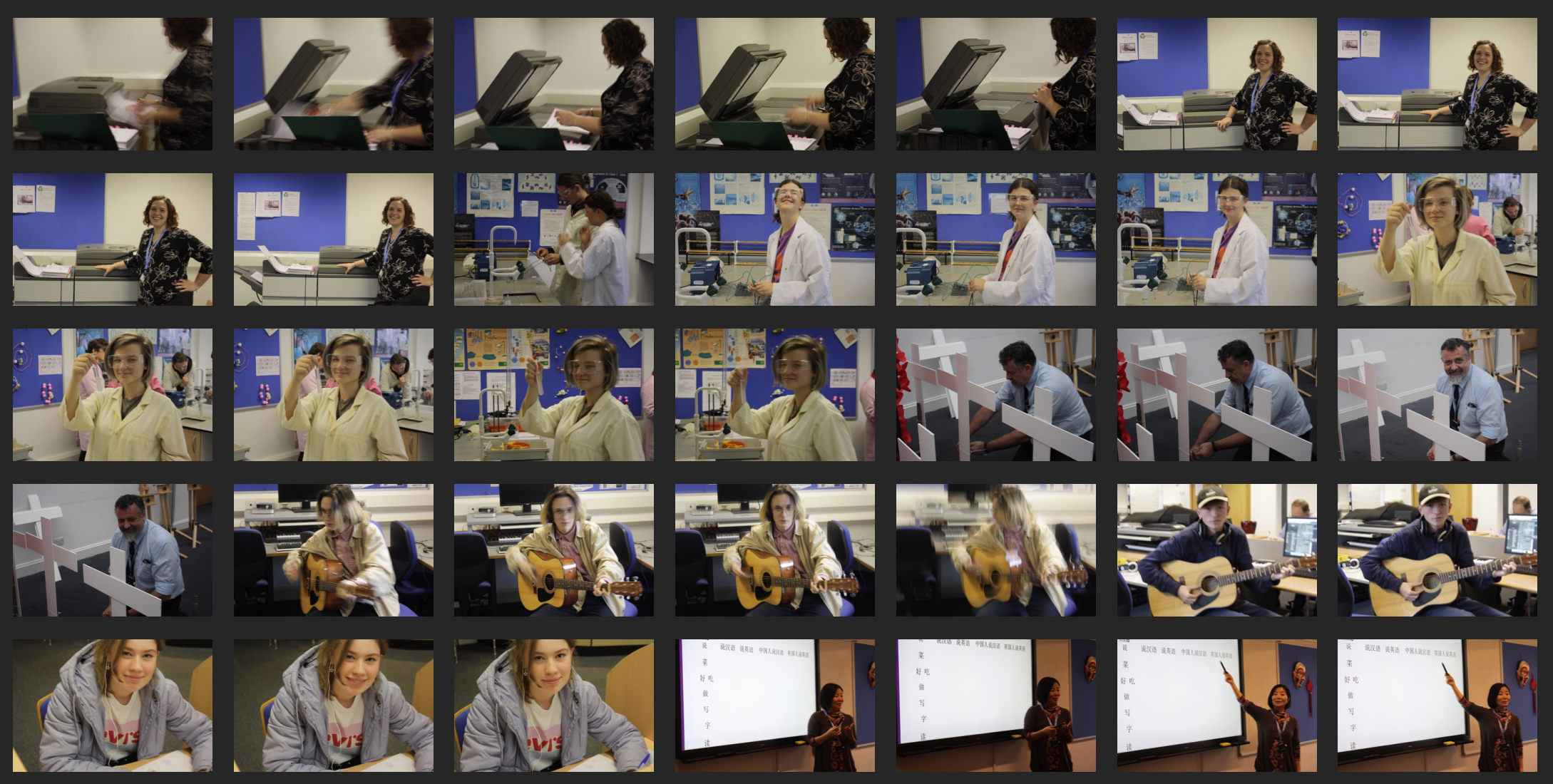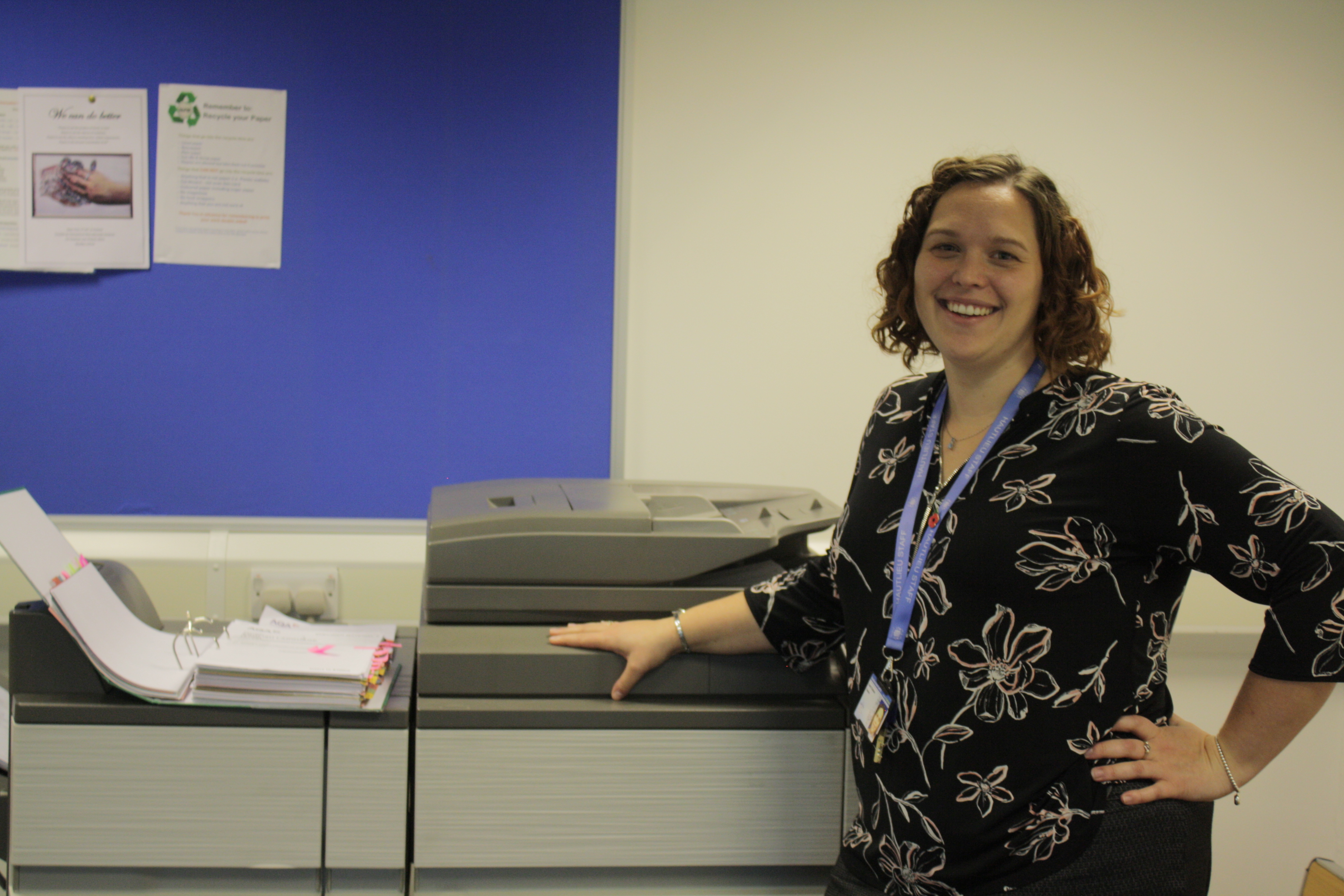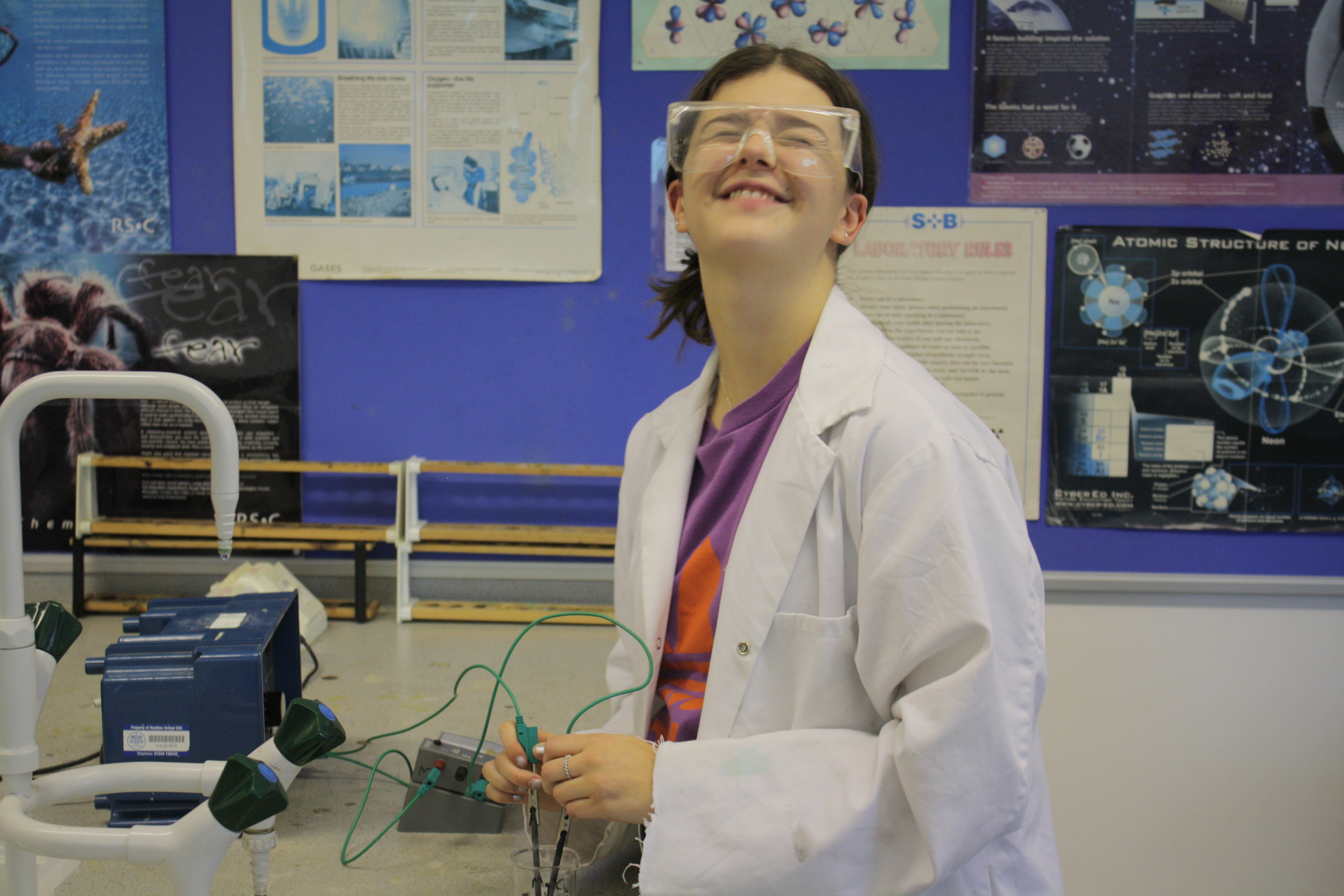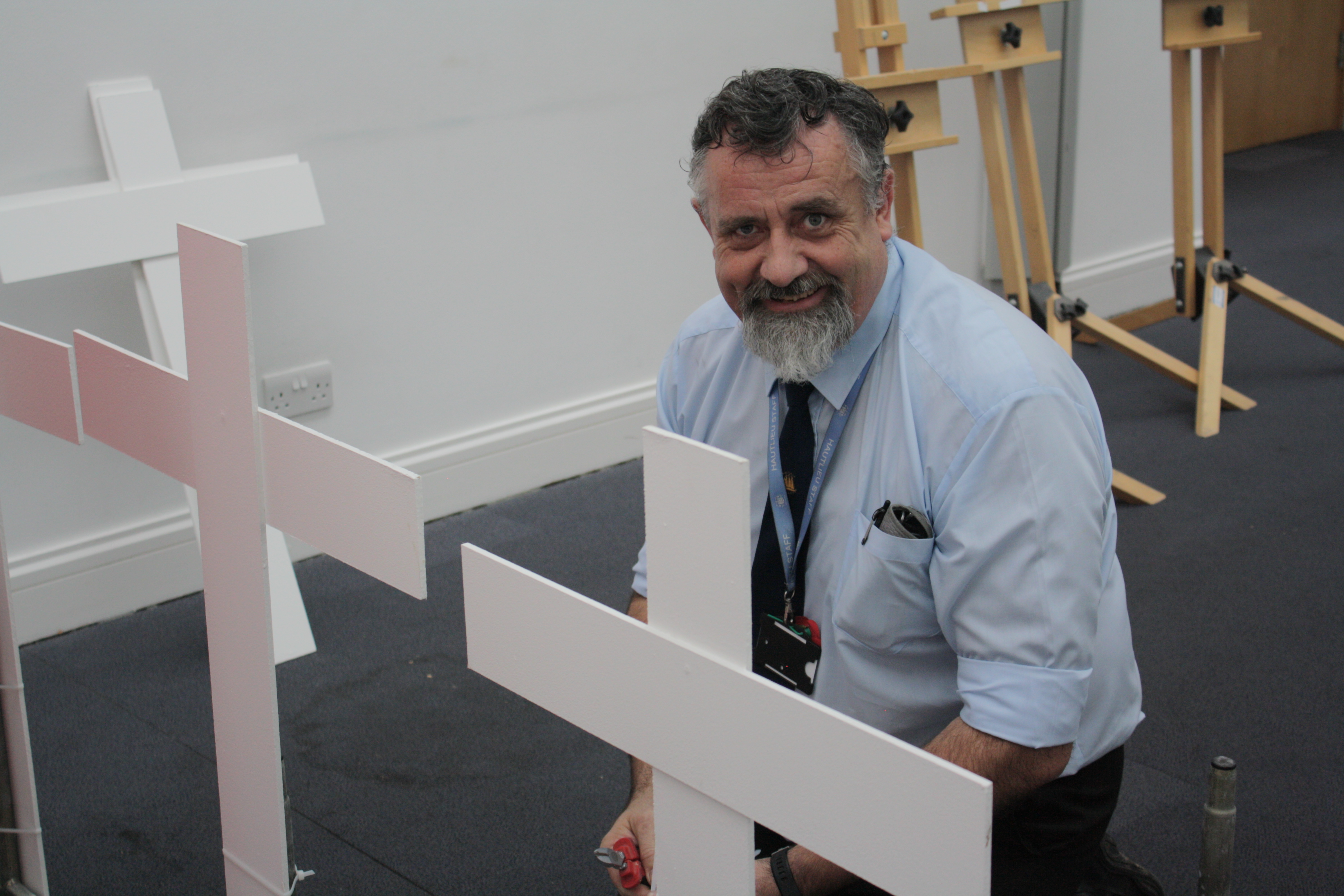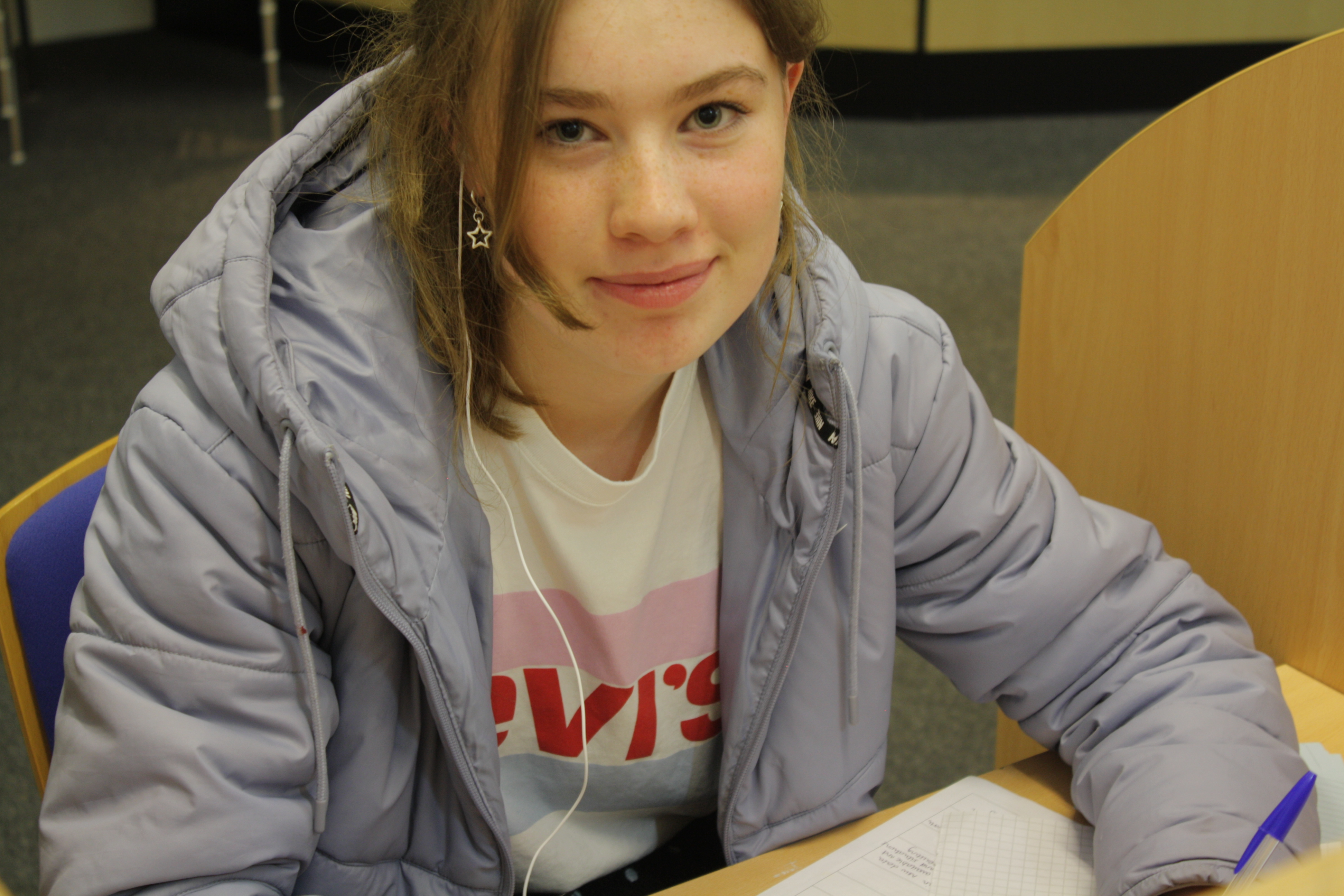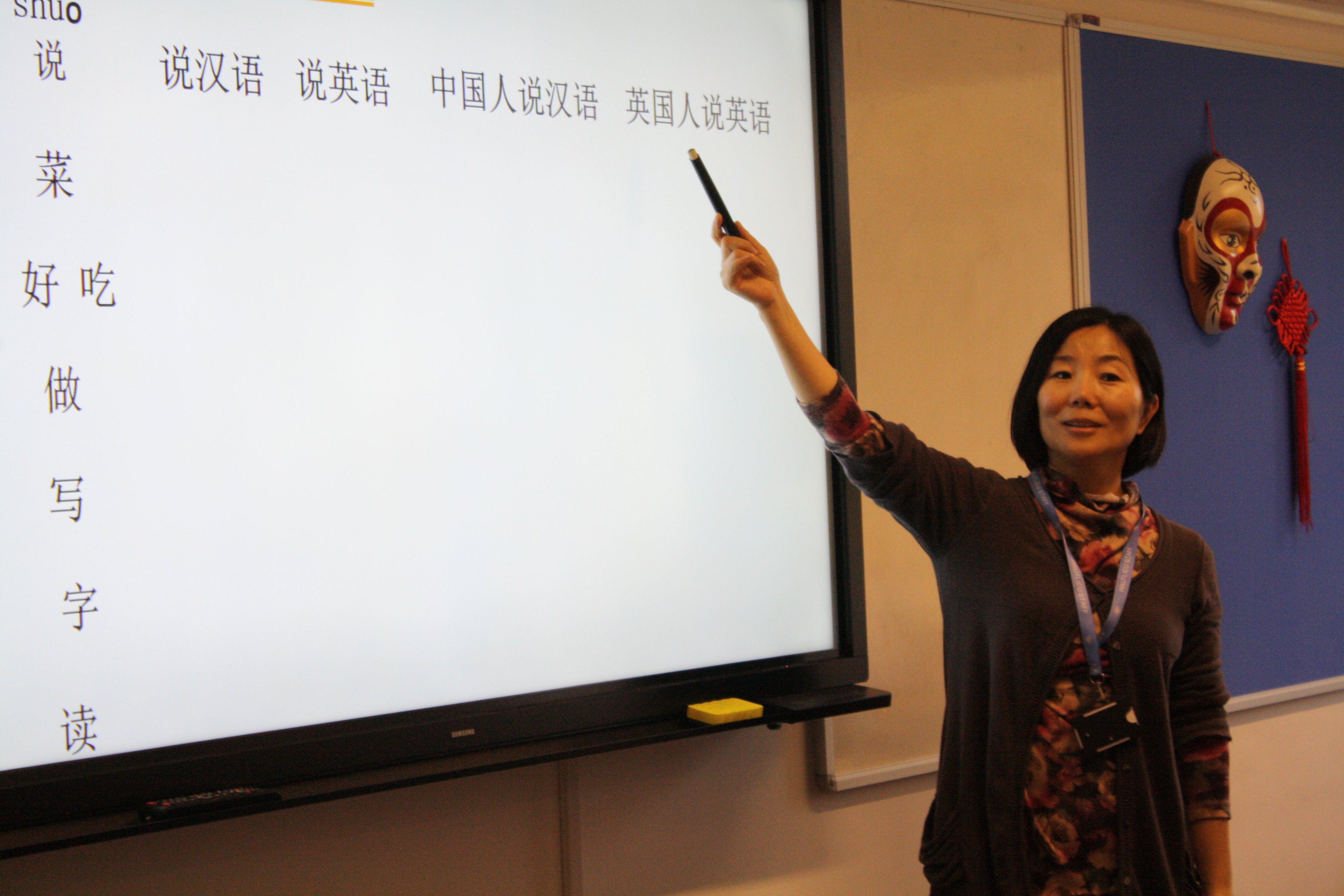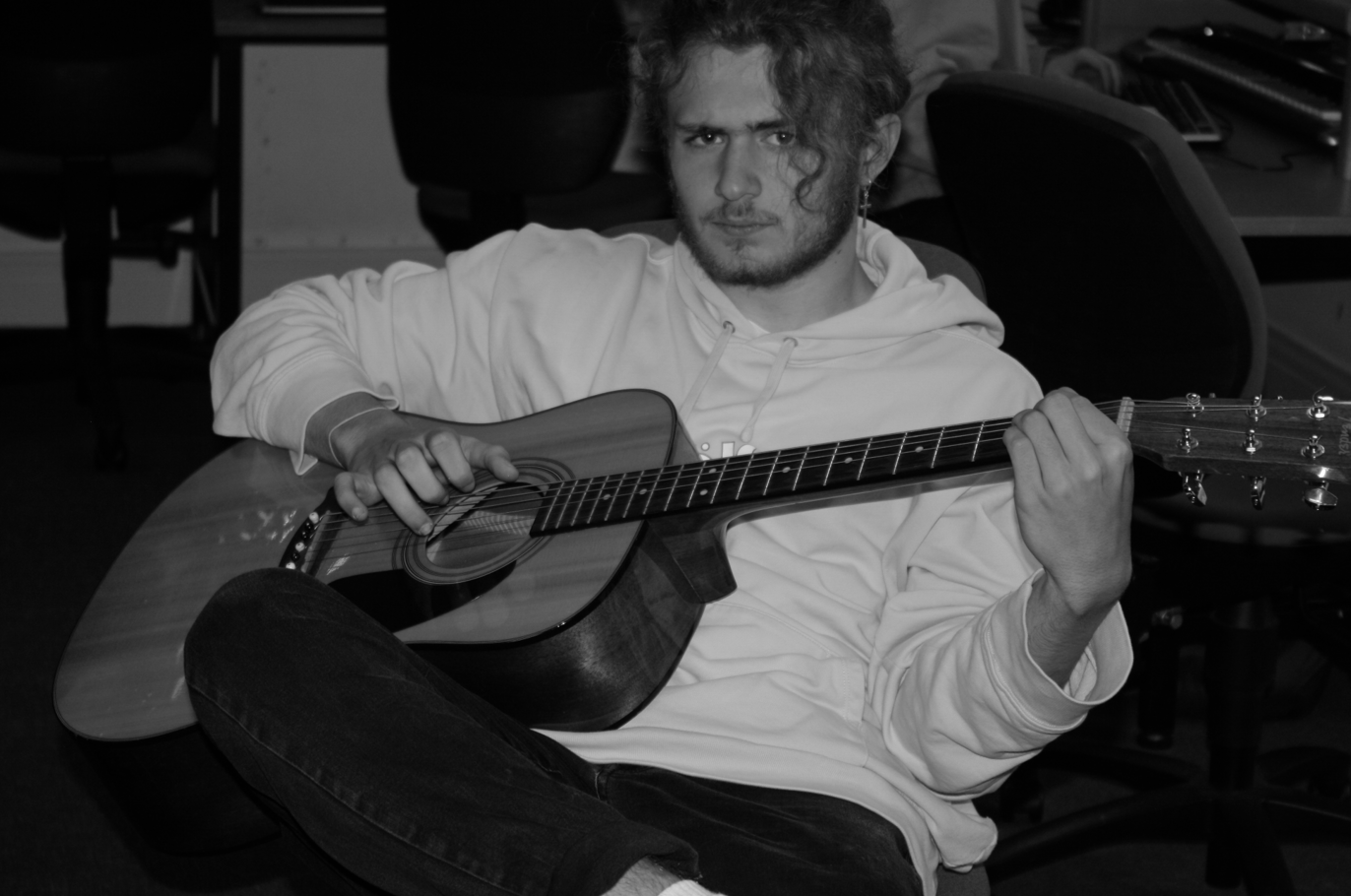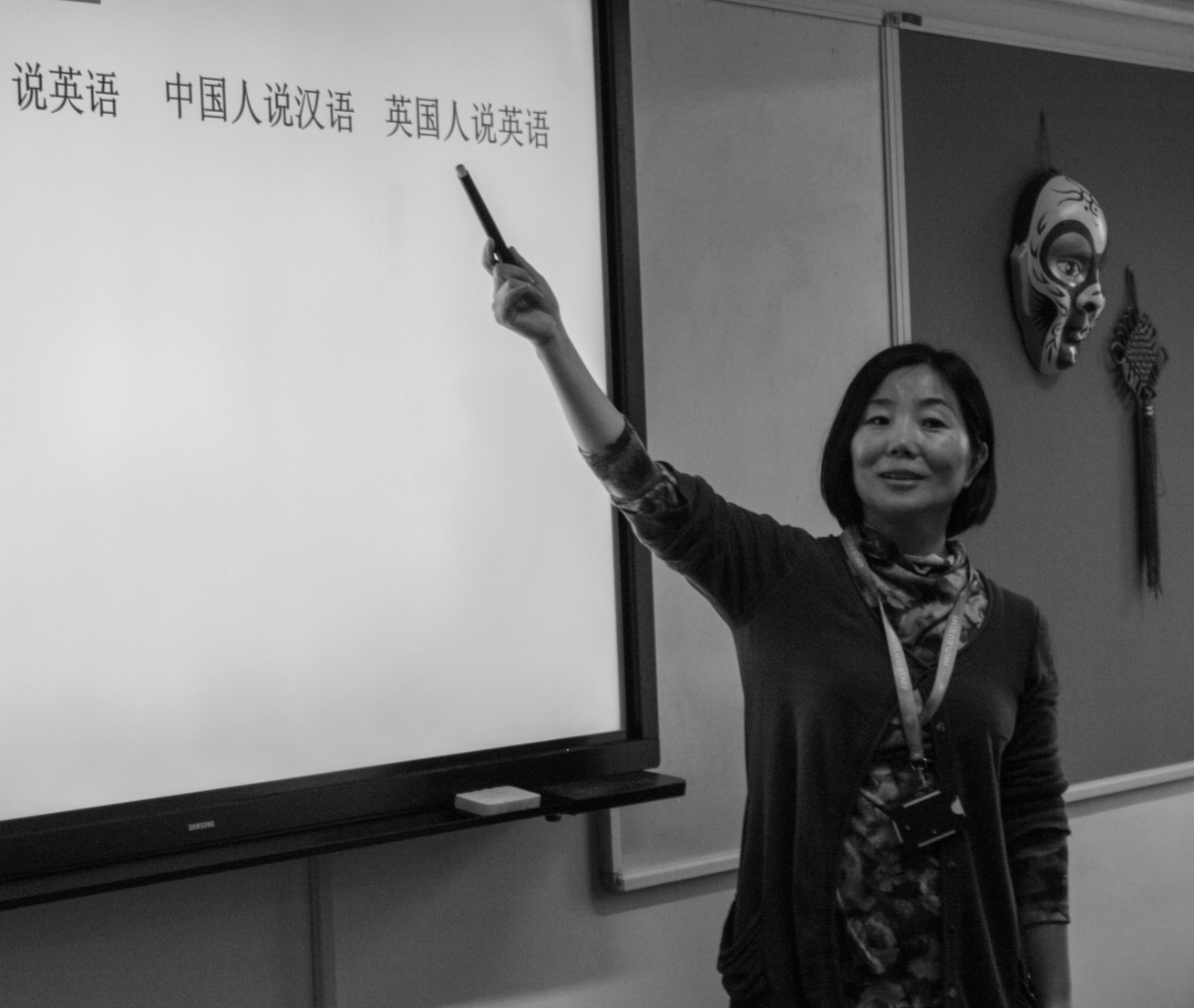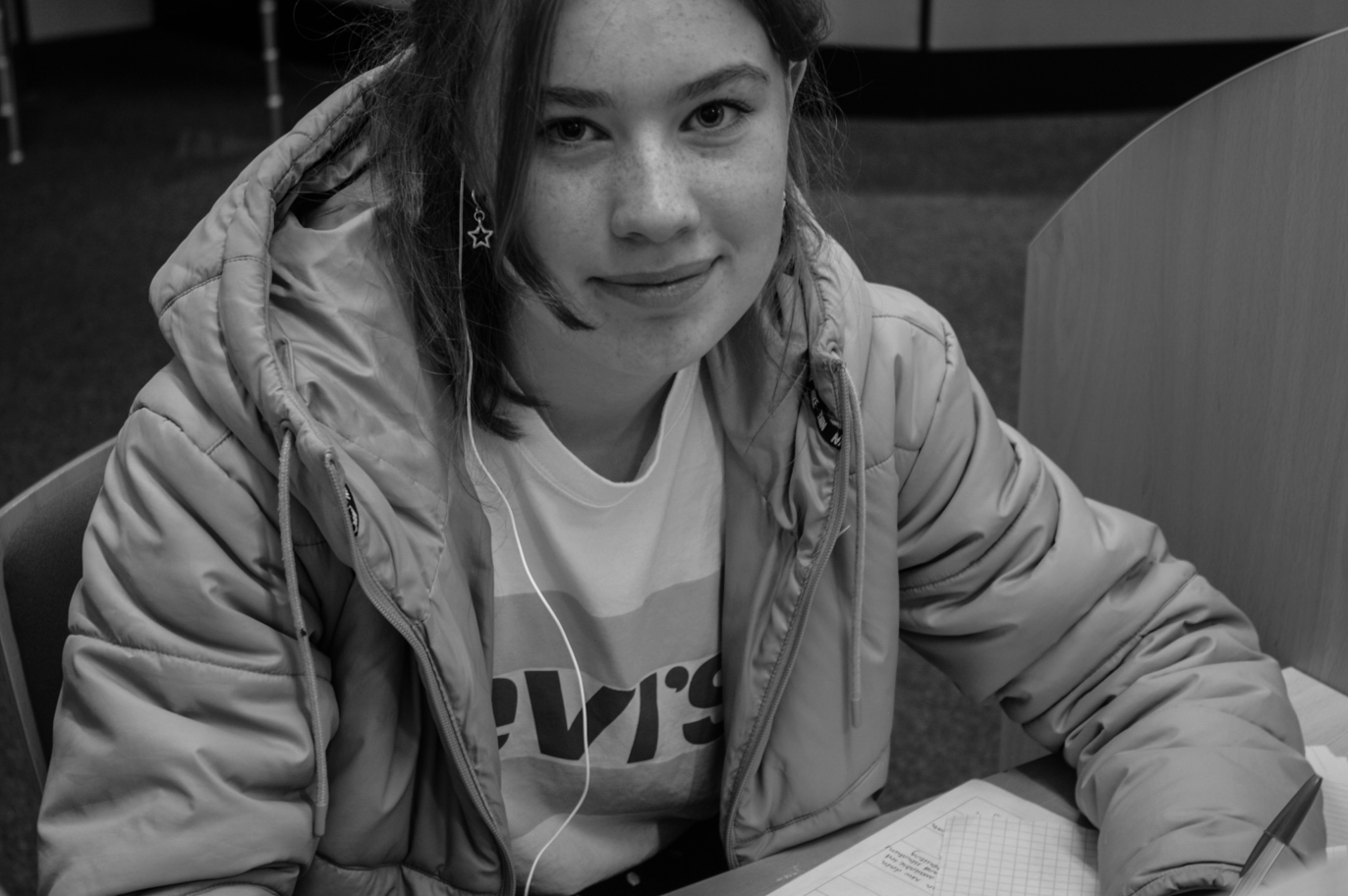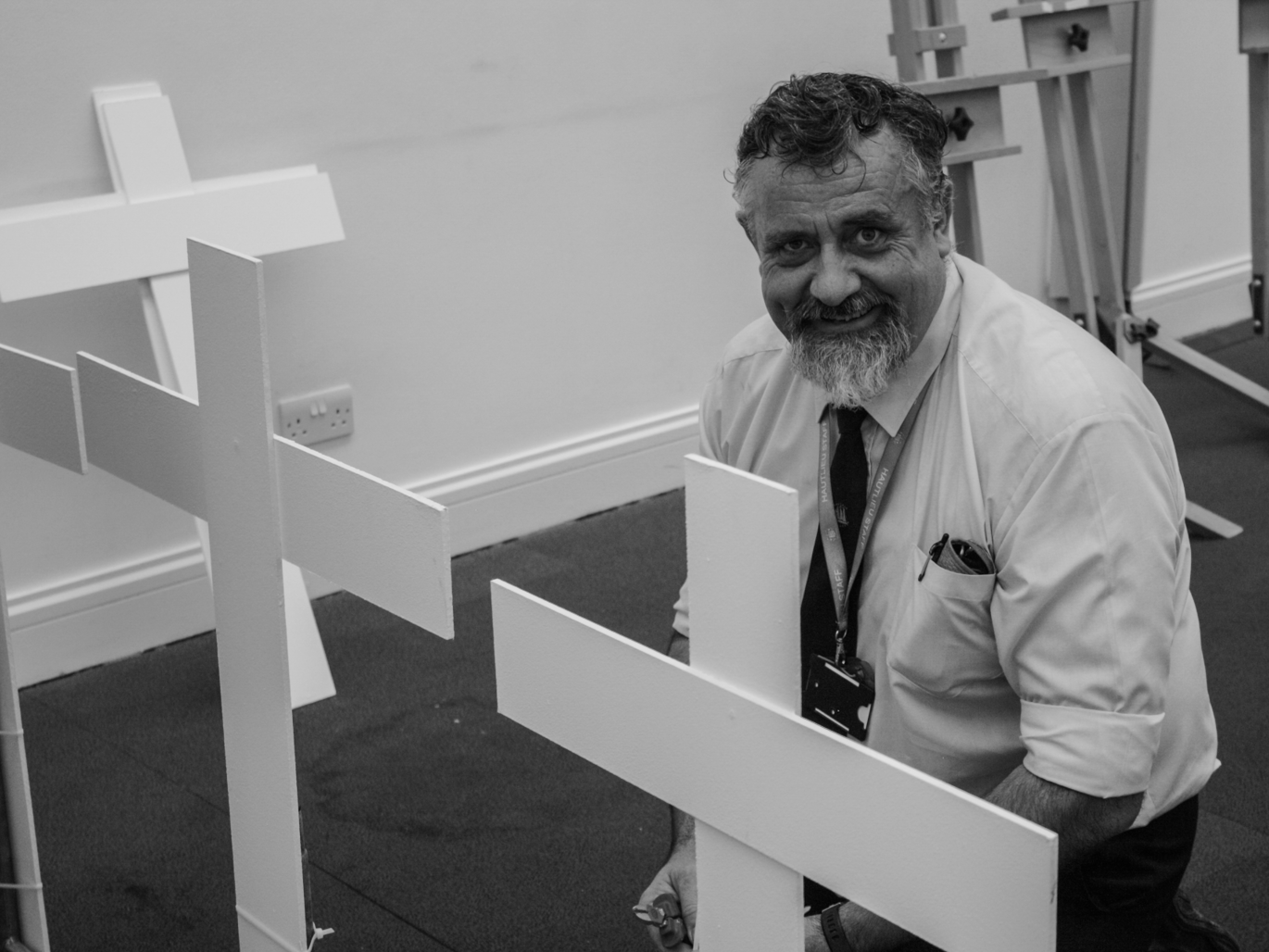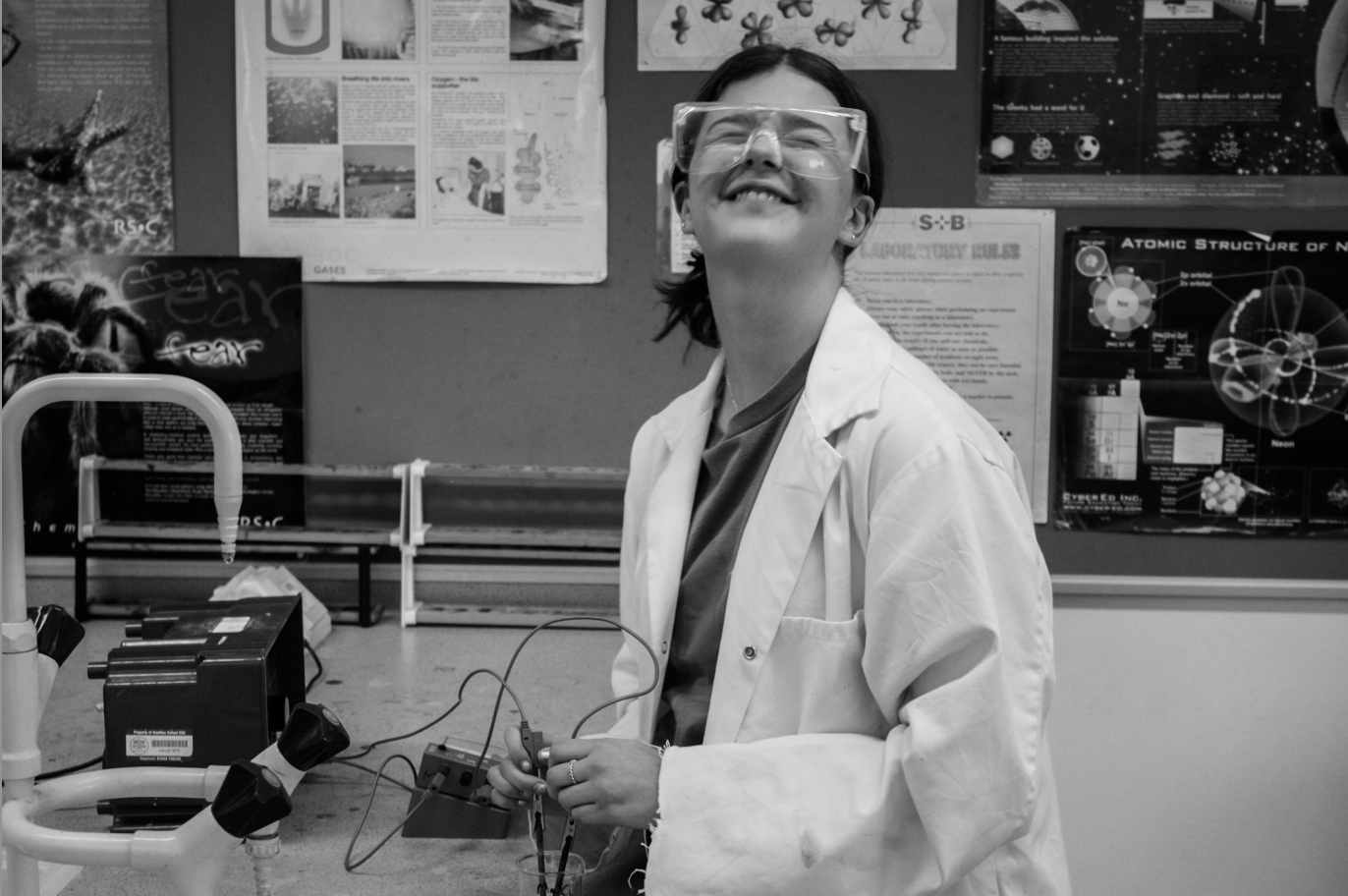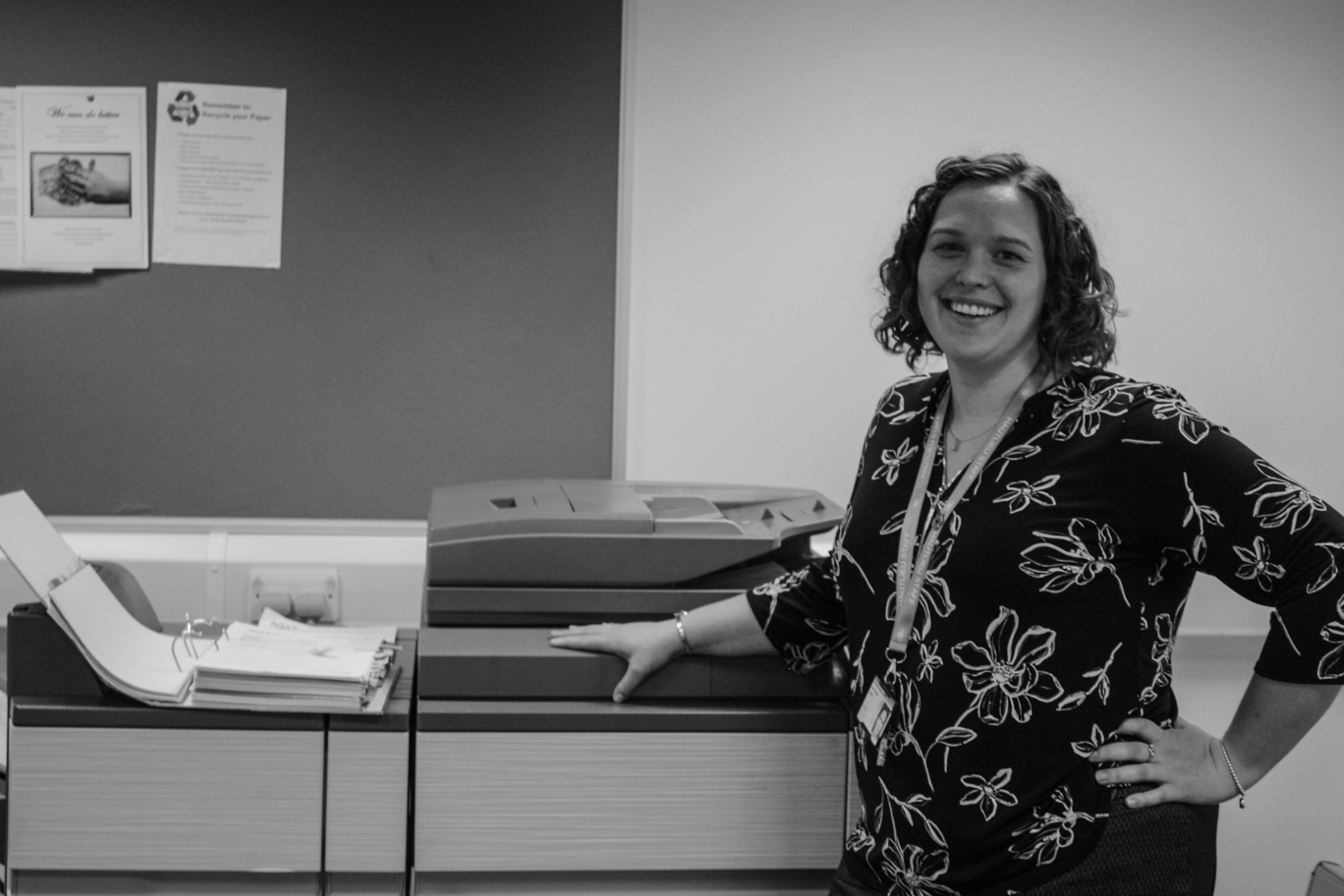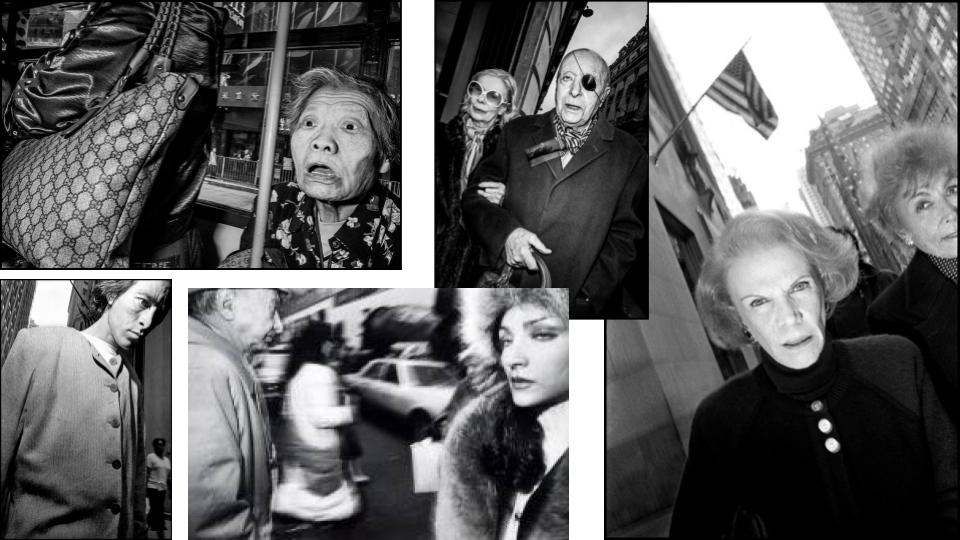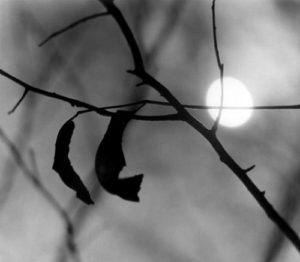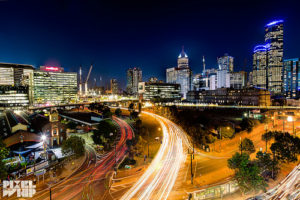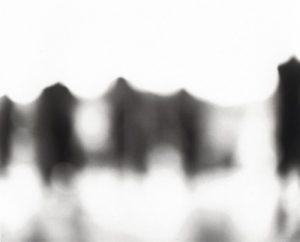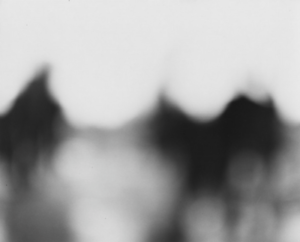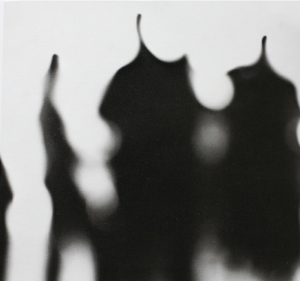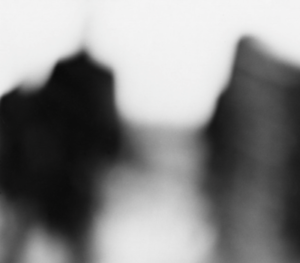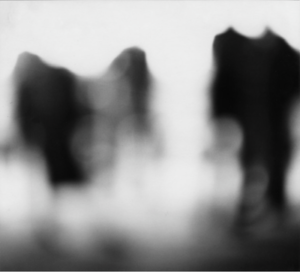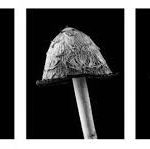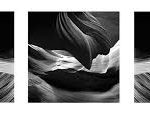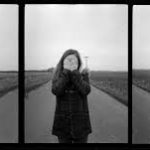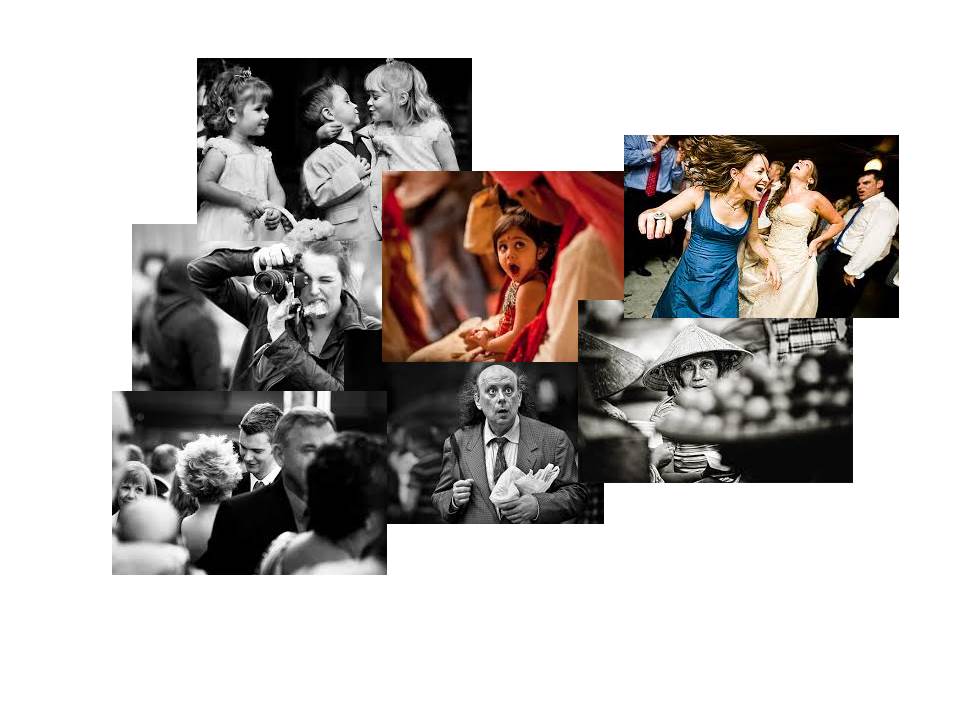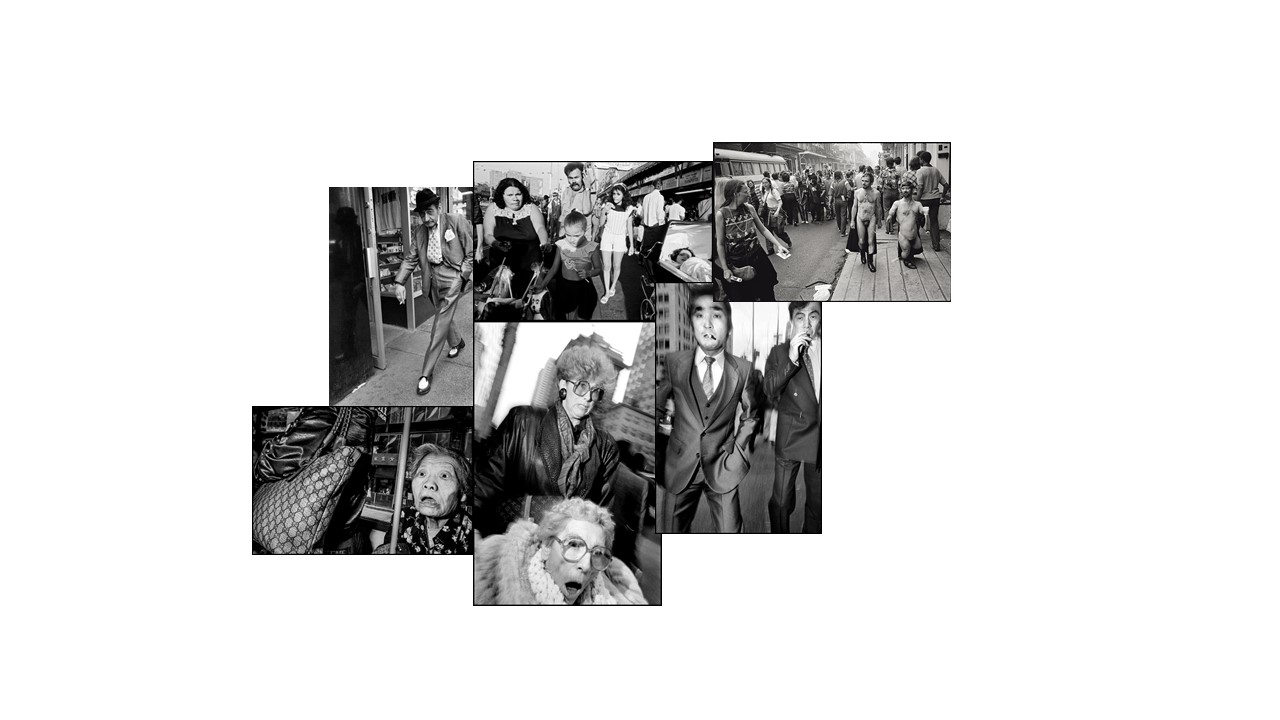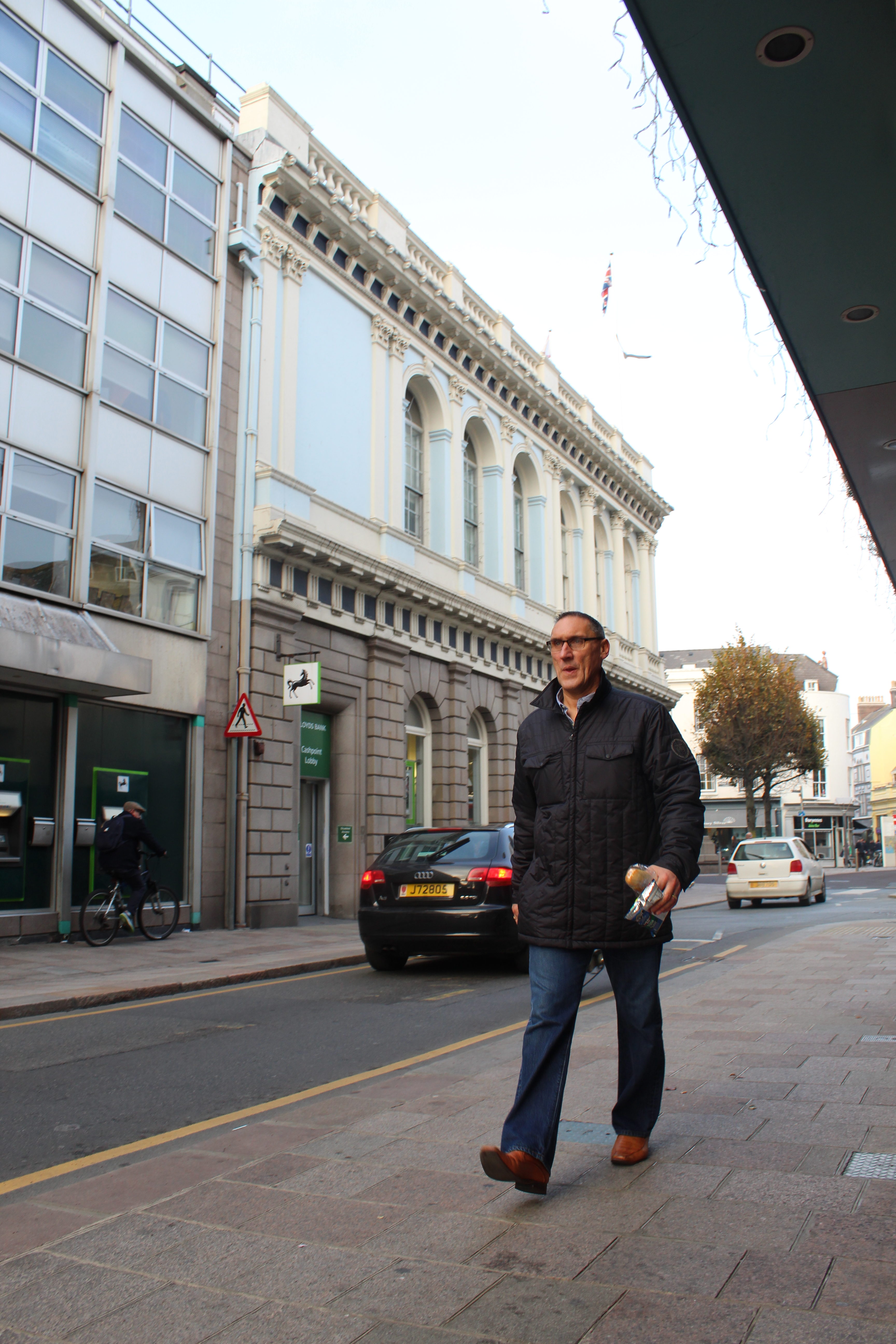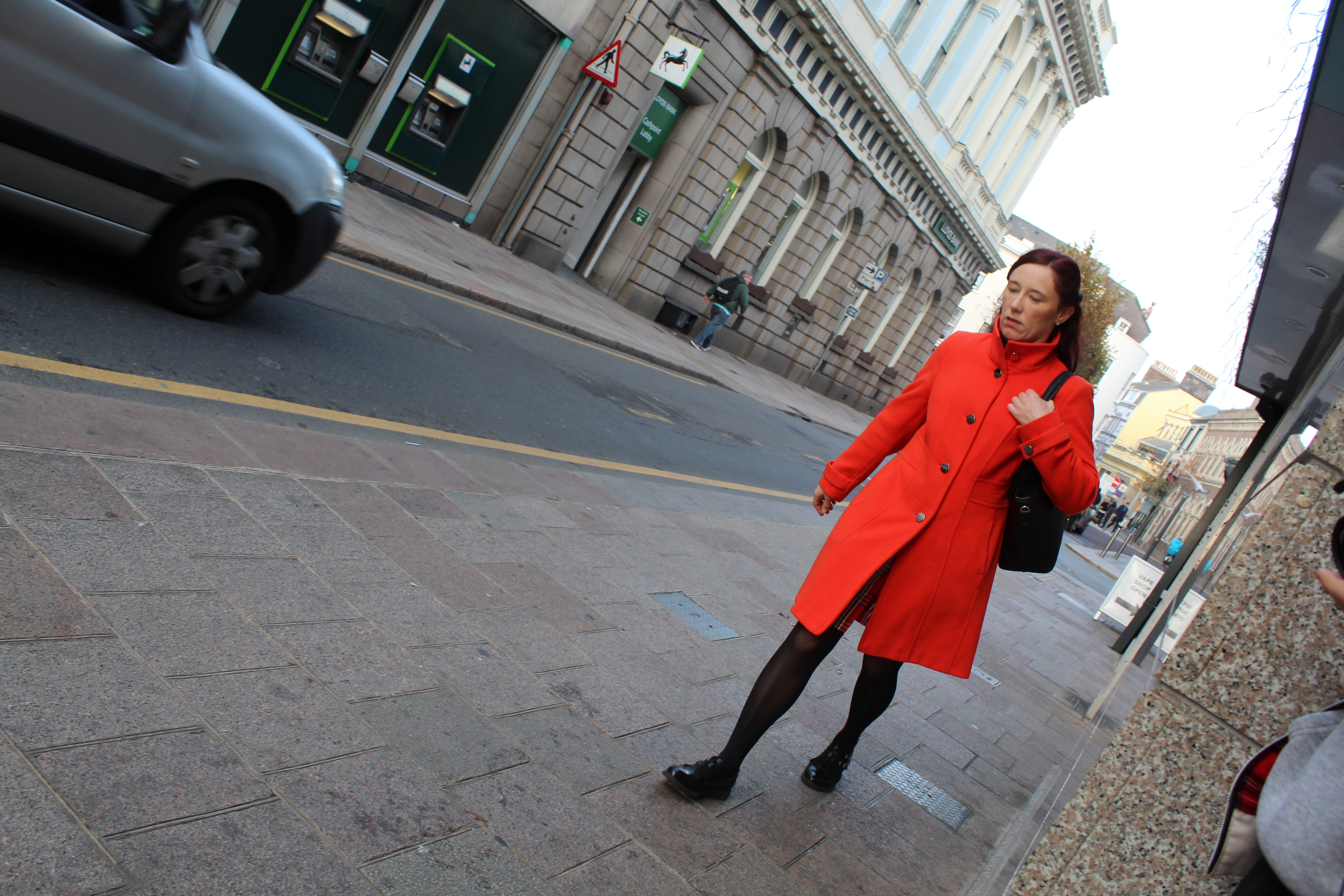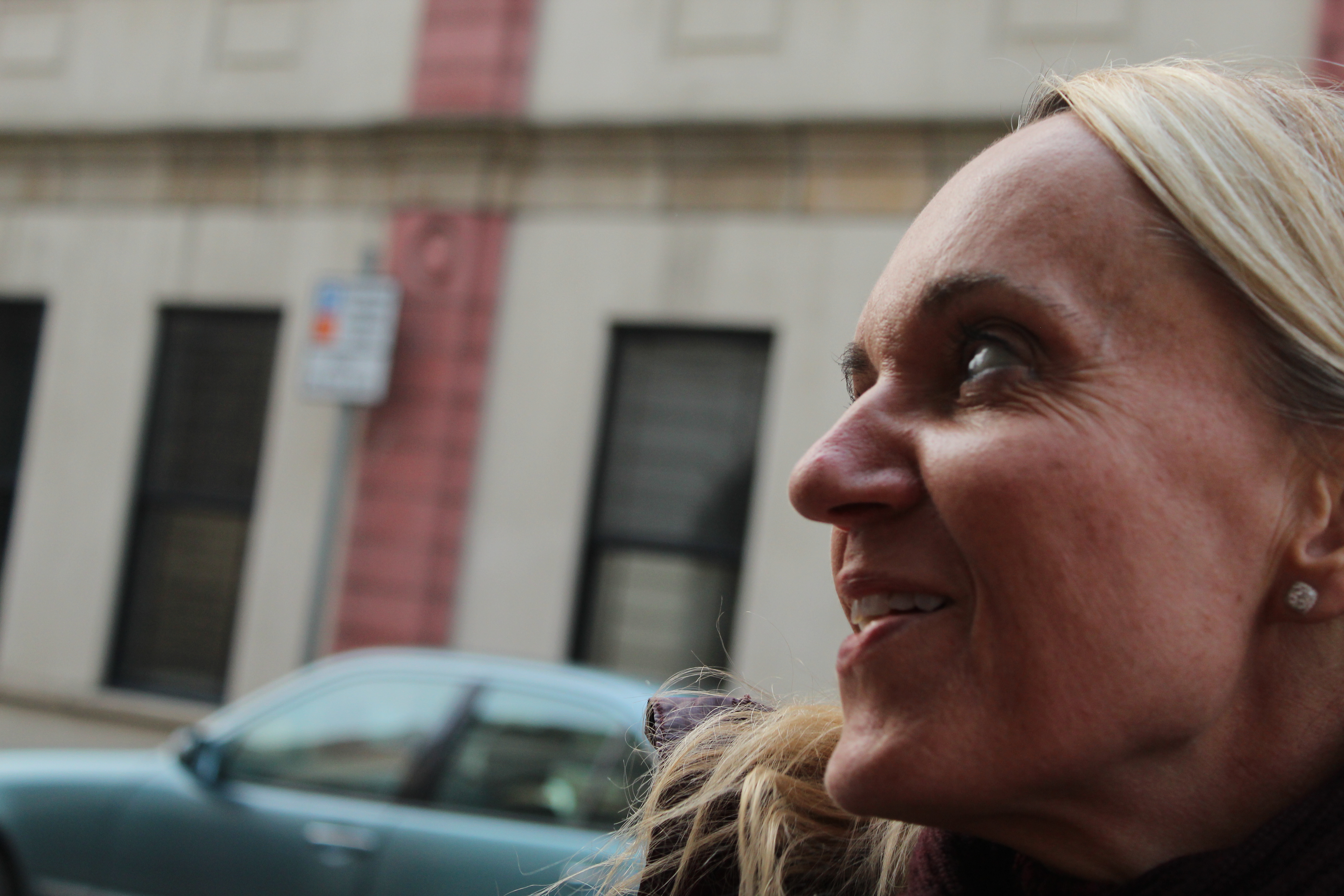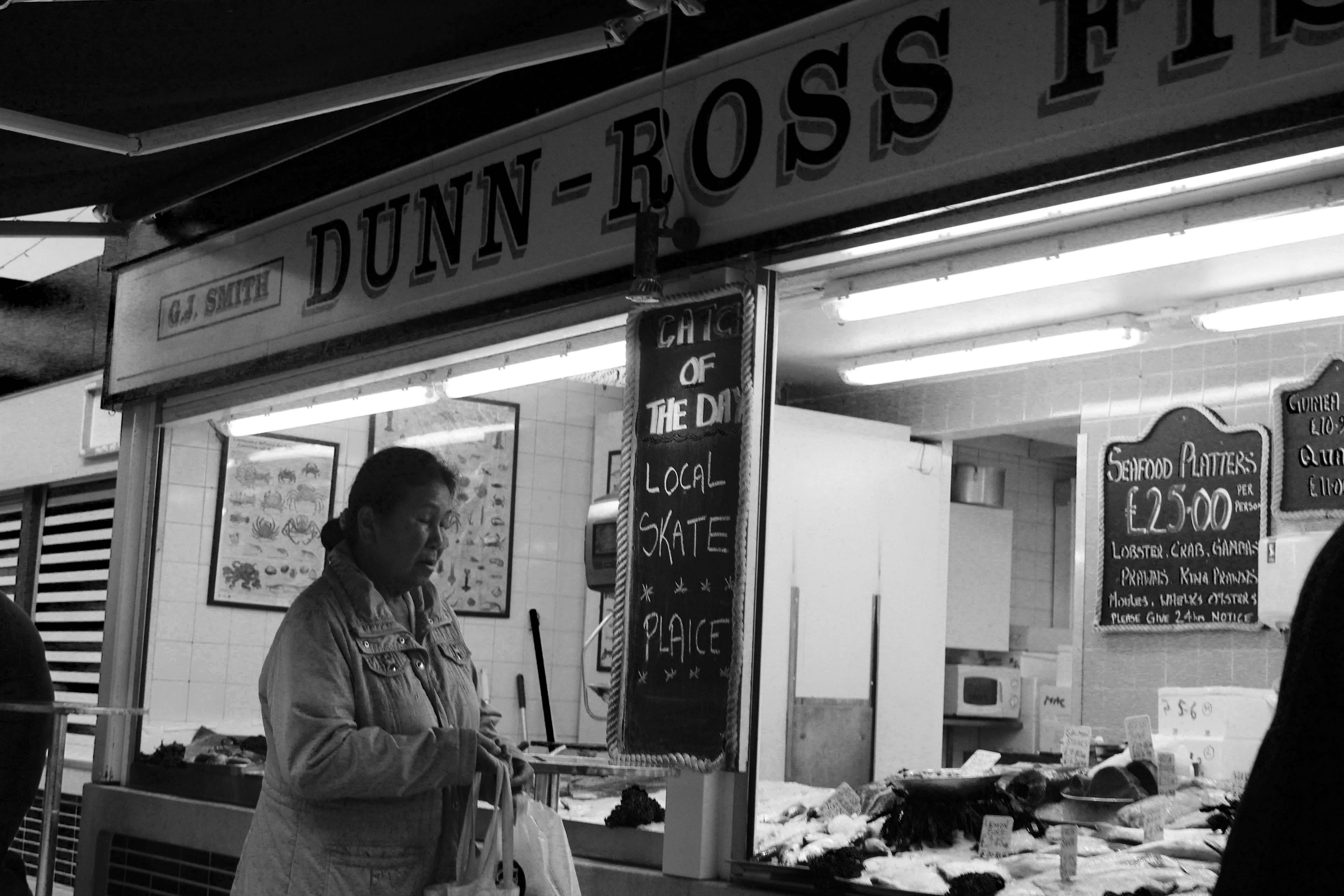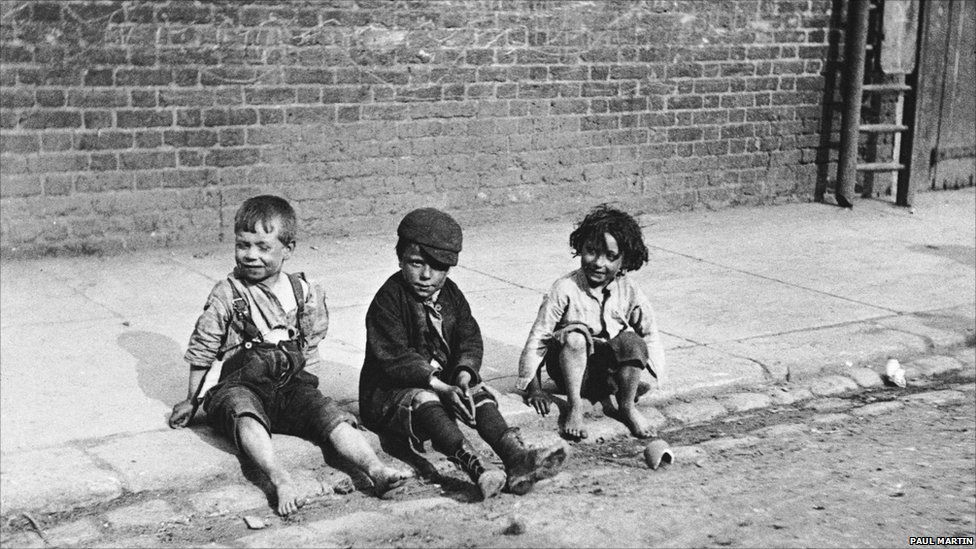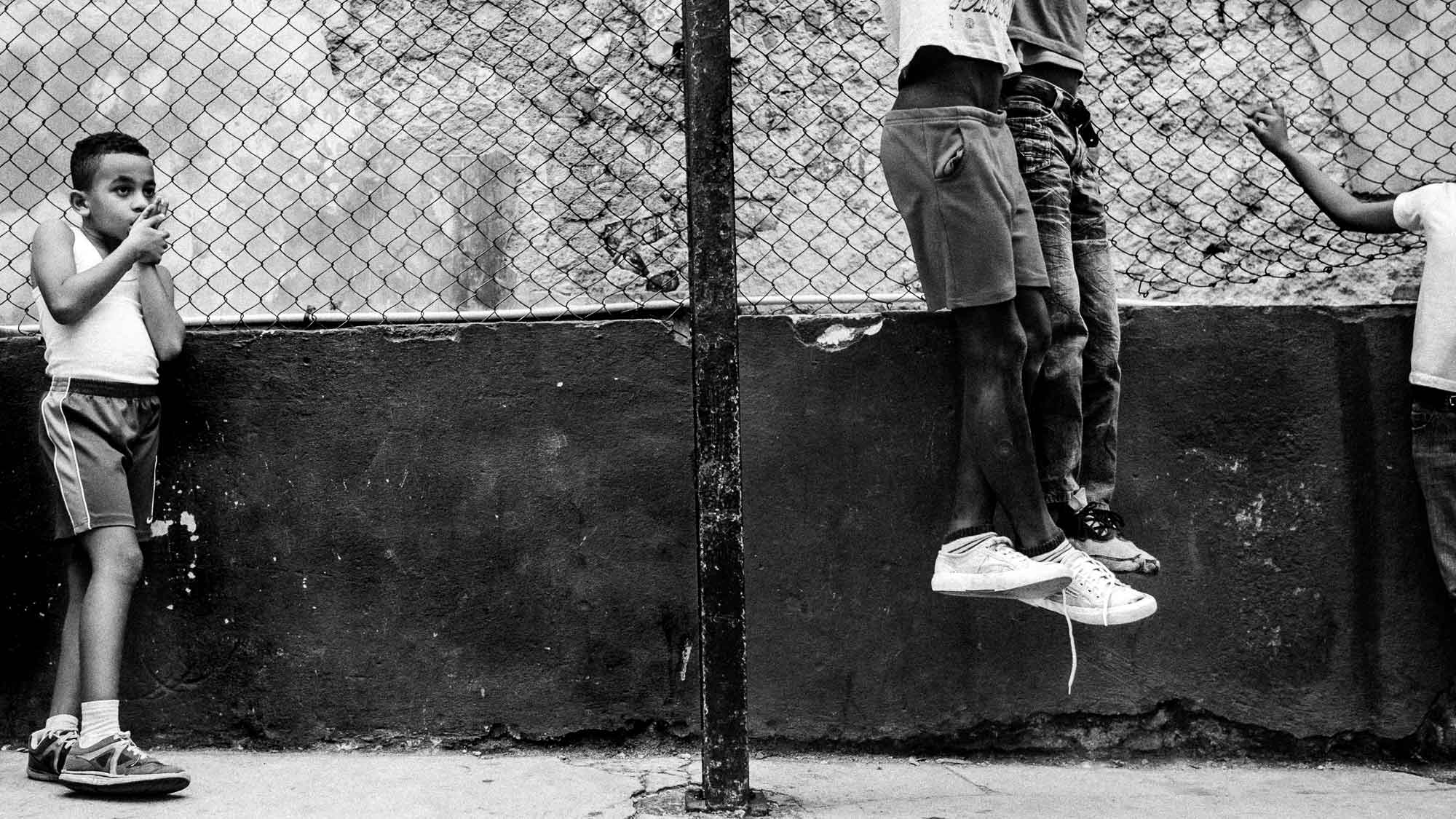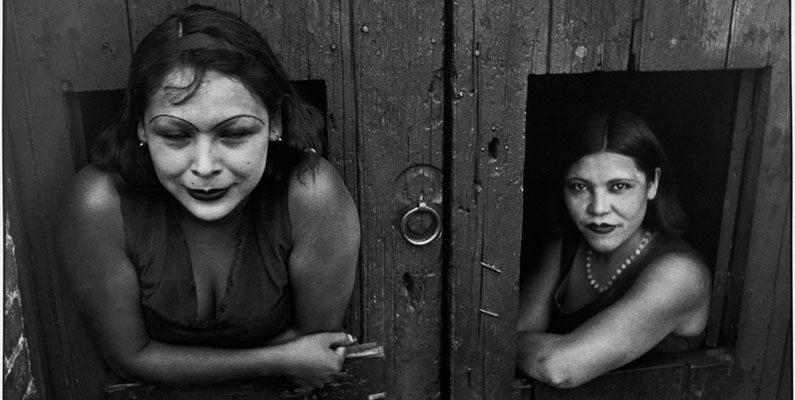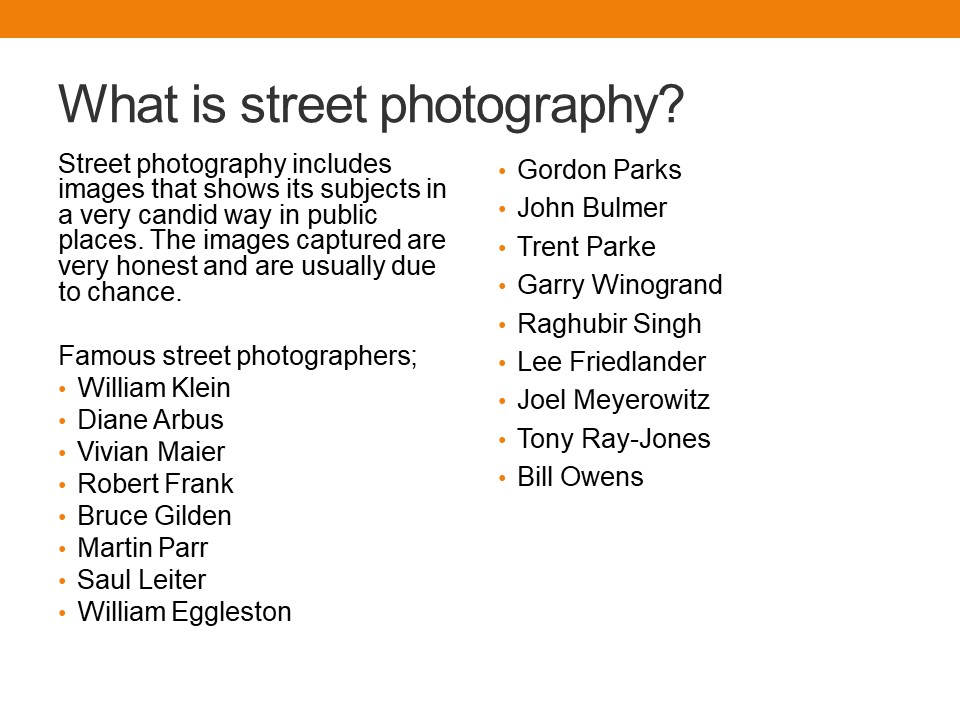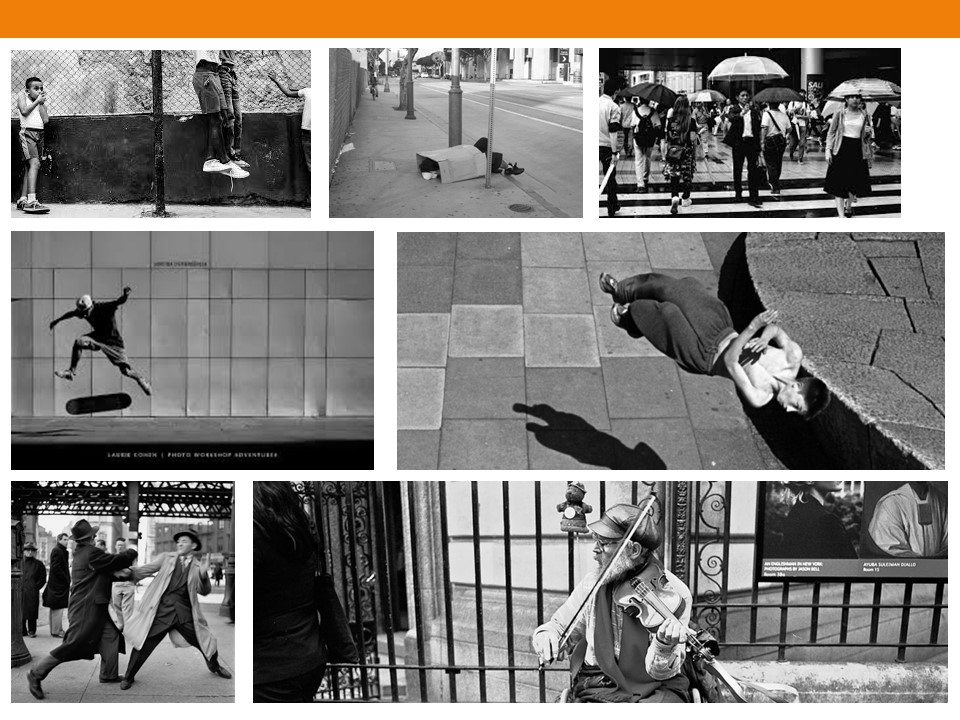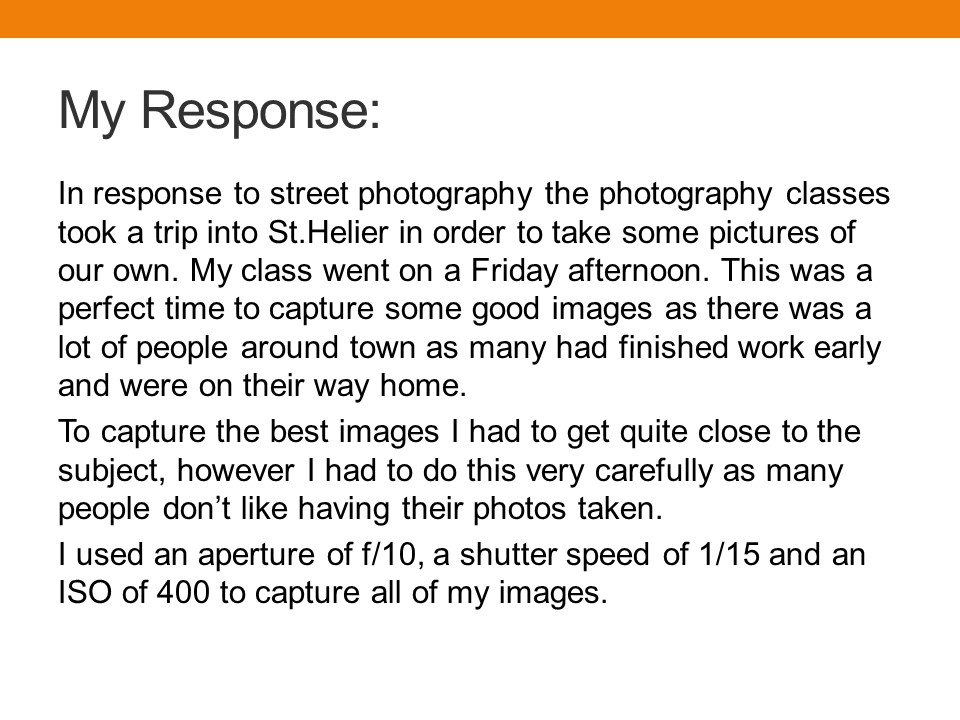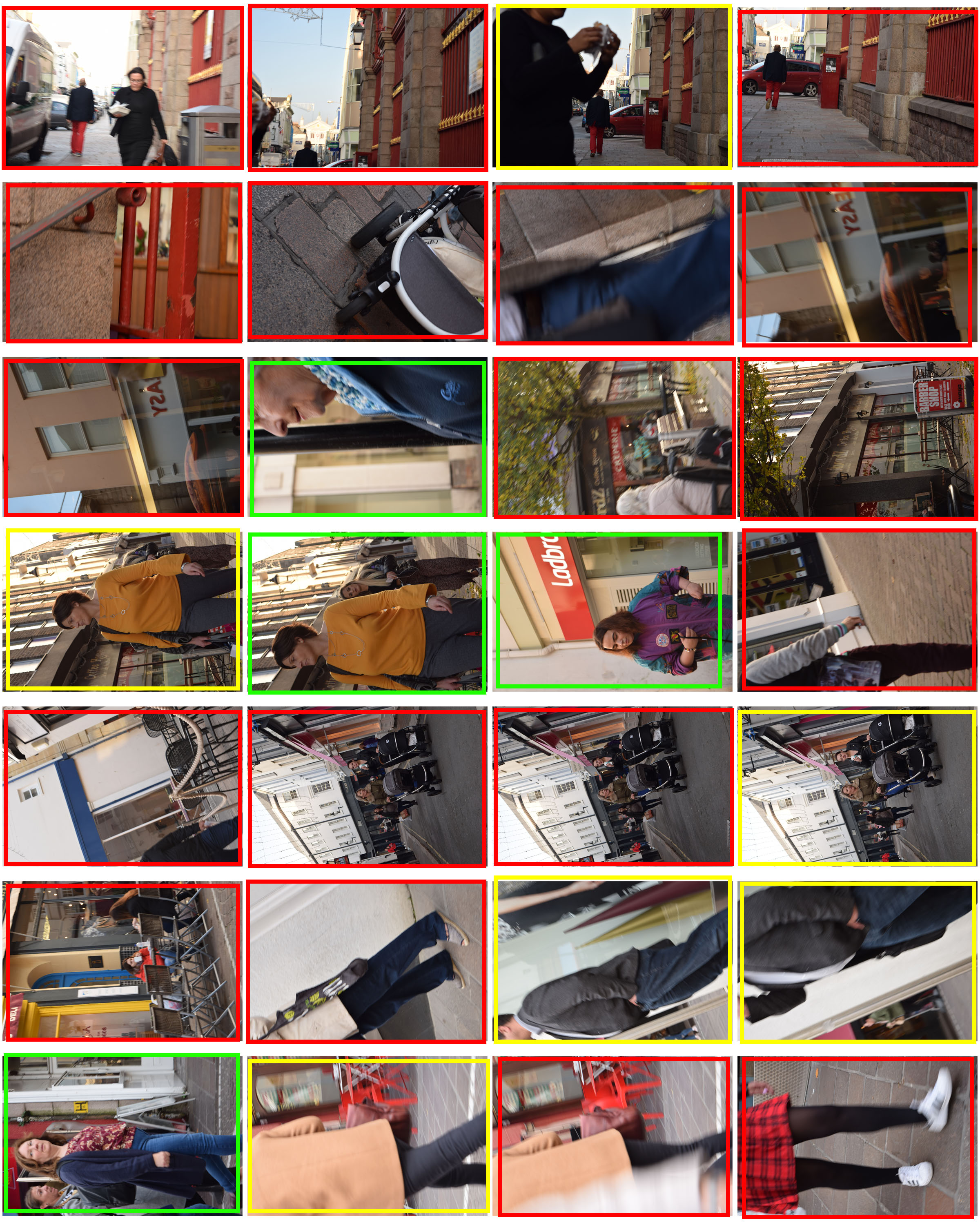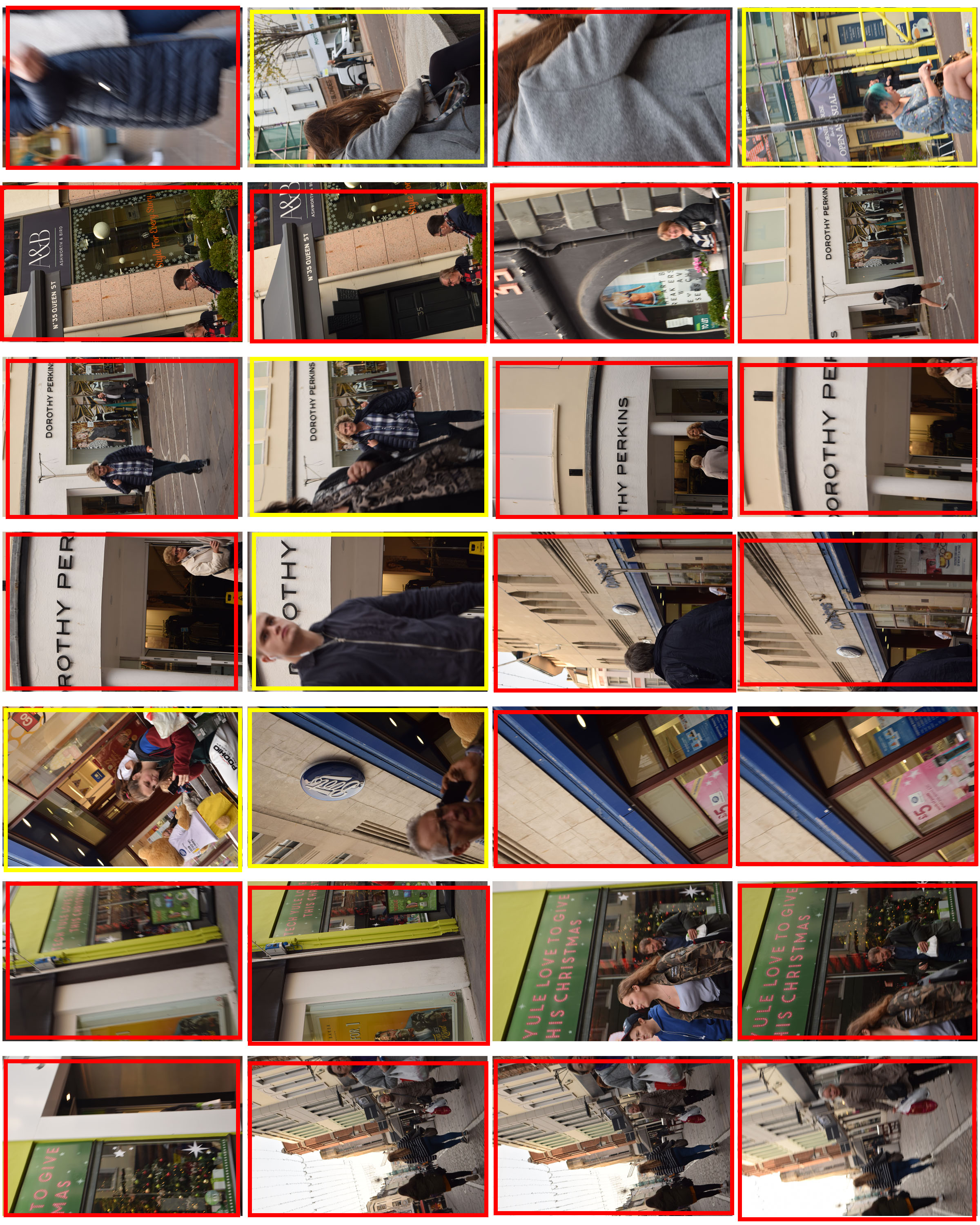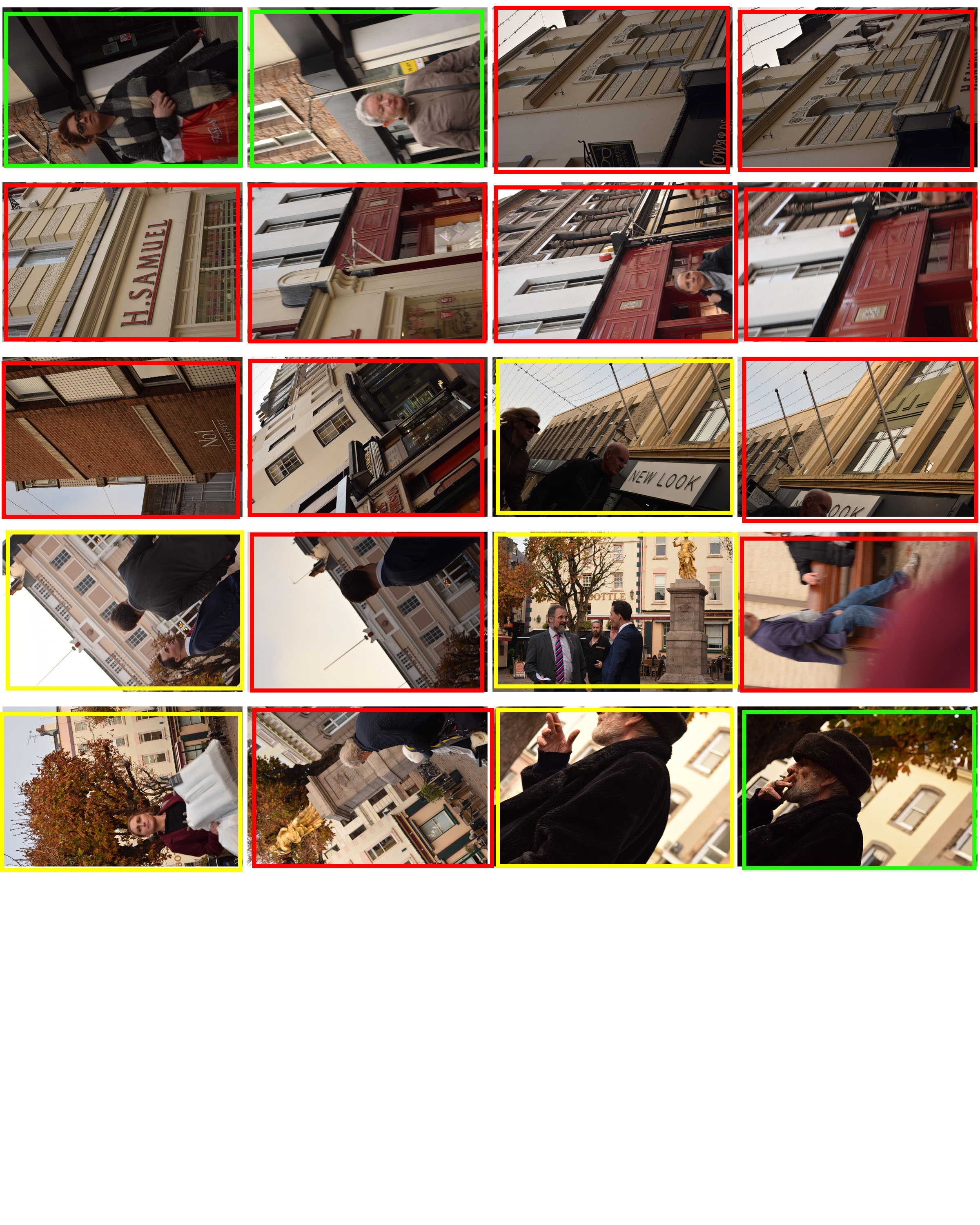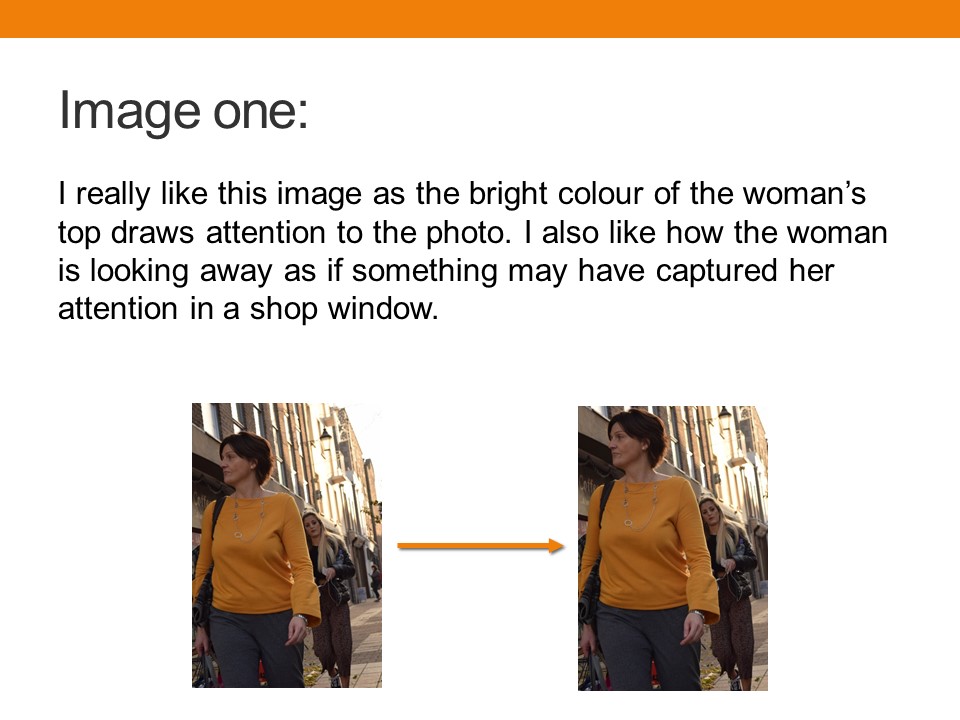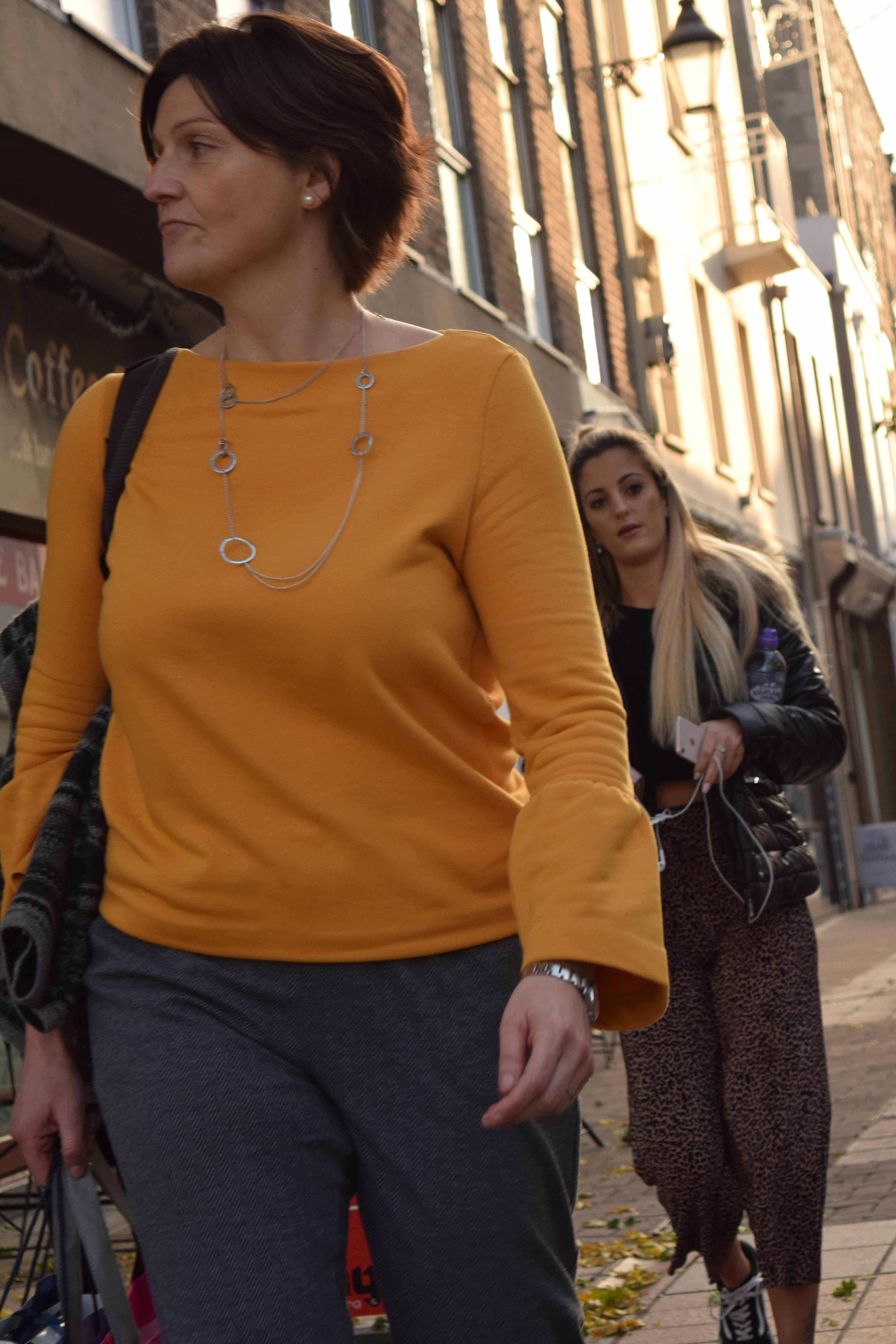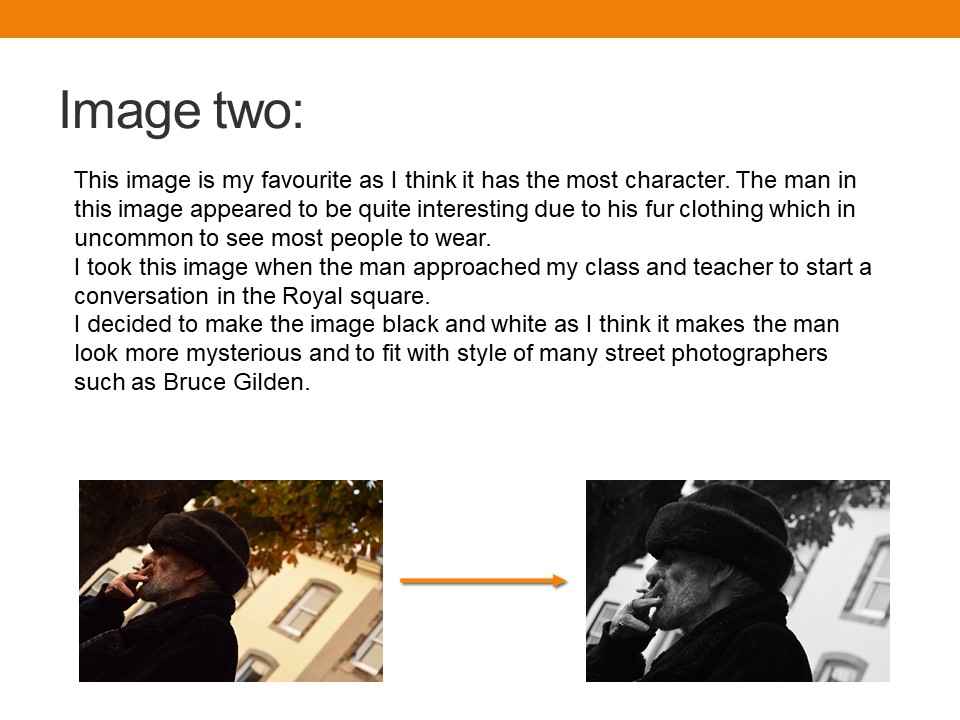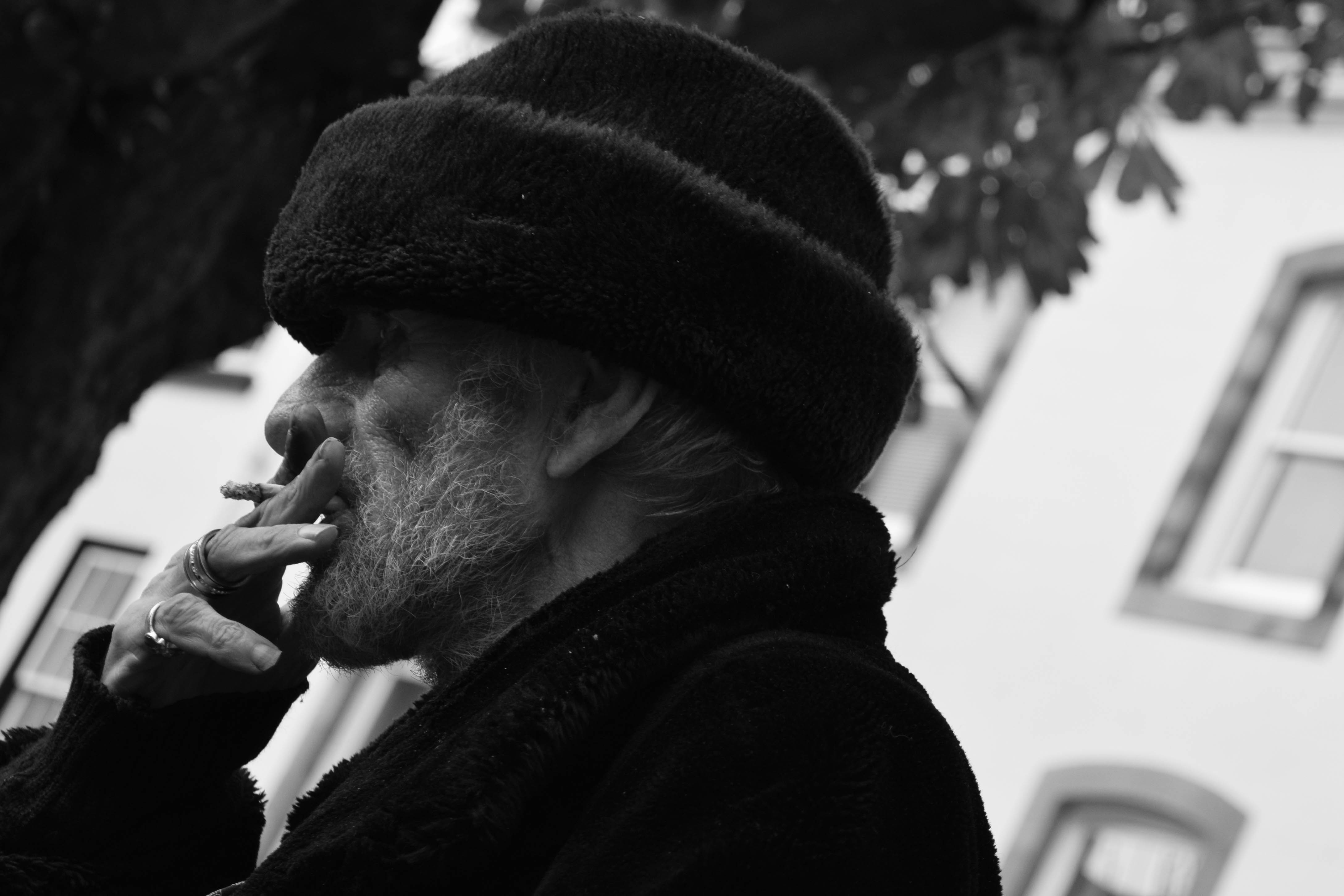Henri Cartier-Bresson and “The Decisive Moment”
“To take a photograph is to align the head, the eye and the heart. It’s a way of life”
– Henri Cartier-Bresson
Henri Cartier-Bresson was a French Photographer. Born in Cantaloupe-en-Brie, Seine-et-Marne in 1904. From the beginning Cartier-Bresson had a fascination with painting, particularly with Surrealism. In 1932, after spending a year in the Ivory Coast, he discovered the Leica and began a life-long passion for photography. 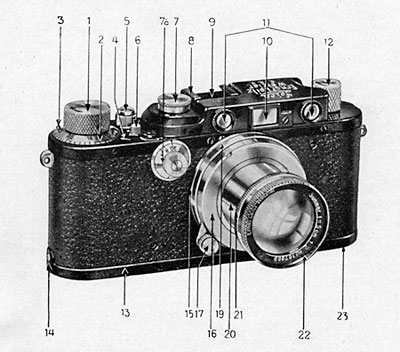
In 1933, he had his first exhibition at the Julien Levy Gallery in New York. Cartier-Bresson was taken as a prisoner of war in 1940, he escaped on his third attempt in 1943 and therefore joined an underground organization to help prisoners and escapees. In 1945, he photographed the liberation of Paris with a group of professional journalists, and then filmed the documentary Le Retour (The Return).
Key Images from Henri Cartier-Bresson:
 Henri Cartier-Bresson. Gestapo informer recognized by a woman she had denounced, Transit Camp, Dessau, Germany. 1945.
Henri Cartier-Bresson. Gestapo informer recognized by a woman she had denounced, Transit Camp, Dessau, Germany. 1945.  Self Portrait of Henri Cartier-Bresson
Self Portrait of Henri Cartier-Bresson
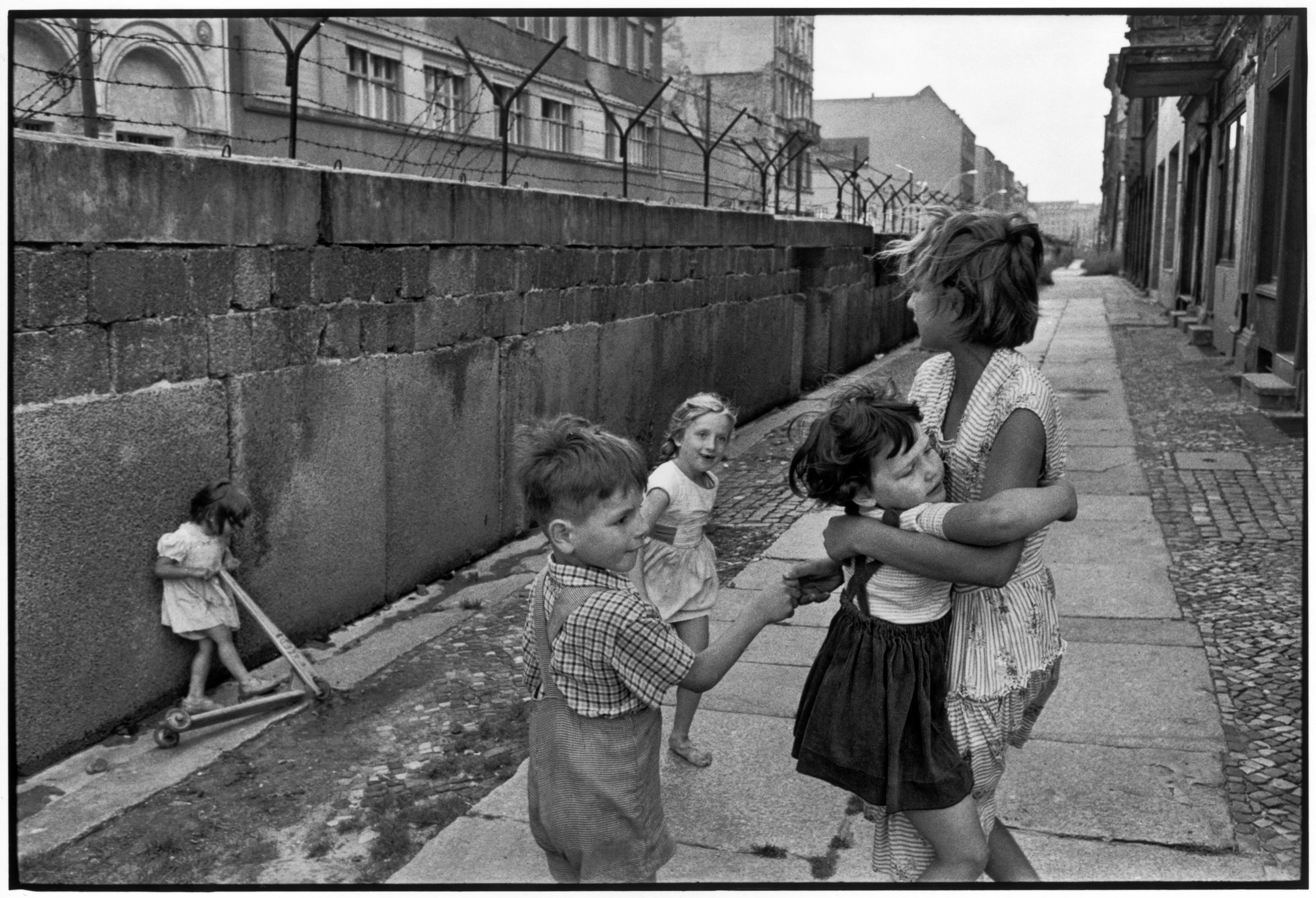 WEST GERMANY. 1962. West Berlin. The Berlin wall.
WEST GERMANY. 1962. West Berlin. The Berlin wall.
Key Image Analysis:
Seville, Andalusia, Spain 1933.
This image was taken in Seville at the beginning of Henri Cartier-Bresson’s career as a photographer. It has a strong form with a large amount of perspective. A small group play in a very un-childlike environment; some address the camera, others continue their activities unconsciously. The audience sees a large gang of boys through a large hole in a wall which frames the scene. Without knowing the date, one might guess that it was taken during the Spanish Civil War (1936–9) or afterwards. The fact that it was taken in 1933 gives it a strange sense of foreshadowing. The boys seem to be playing at war in the ruins of a war that has not yet happened. It almost seems as if the boys who are closest to the camera have broken or ventured out of the world that the rest are in, due to the fact that the borders of the wall resemble paper and they have torn out of the print.
‘The Decisive Moment’
‘The Decisive Moment’ is a term devised by the pioneer of street photography, Henri Cartier-Bresson. Cartier-Bresson believed that The Decisive Moment’was that split second of genius and inspiration that a photographer had to capture a certain moment. For example, that half of a second that you have when a man is jumping over a puddle or when a couple embraces for a kiss .This moment is fleeting, meaning that once you miss that half of a second to capture that moment, it is gone forever. You can never recreate the same circumstances in terms of location and people.
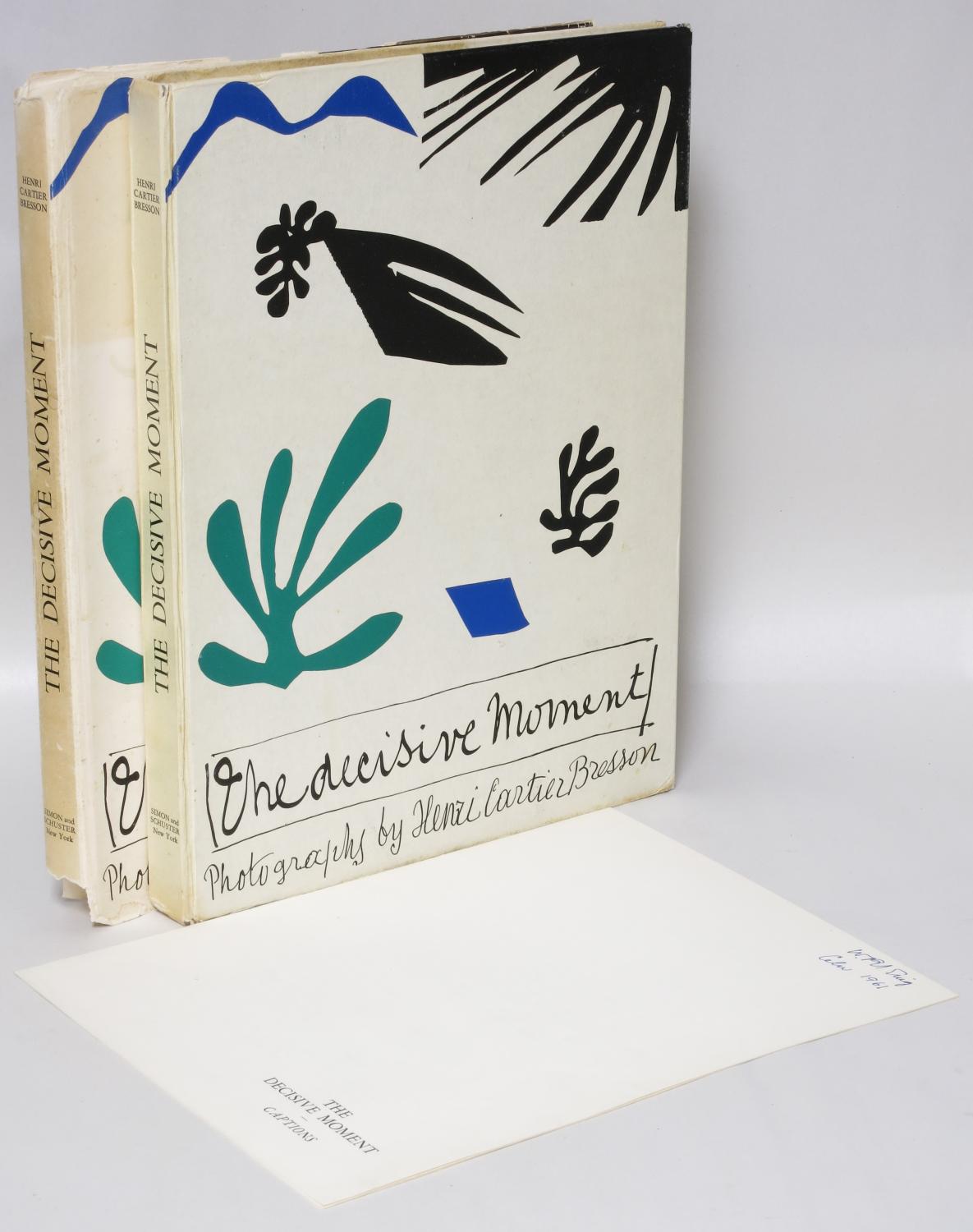 The Decisive Moment—originally called Images à la Sauvette—is one of the most famous books in the history of photography.
The Decisive Moment—originally called Images à la Sauvette—is one of the most famous books in the history of photography.
“The Decisive Moment” teaches that the best photo opportunities often flash before our eyes and we must always be ready to capture these moments. That means bringing around your camera everywhere you go. Street photography is built on the average and ordinary moments, so any moment is a potential for a great photograph.
MAGNUM PHOTO AGENCY
Magnum Photos is an international photographic ‘cooperative’ owned by its photographer-members, with offices in New York City, Paris, London and Tokyo. According to co-founder Henri Cartier-Bresson, “Magnum is a community of thought, a shared human quality, a curiosity about what is going on in the world, a respect for what is going on and a desire to transcribe it visually.
In 1947, with Robert Capa, George Rodger, David ‘Chim’ Seymour and William Vandivert, he founded Magnum Photos. The Magnum cooperative has included photojournalists from across the world, who have covered many historical events of the 20th century. The cooperative’s archive includes photographs depicting family life, drugs, religion, war, poverty, famine, crime, goverment and celebrities.



 Henri Cartier-Bresson. Gestapo informer recognized by a woman she had denounced, Transit Camp, Dessau, Germany. 1945.
Henri Cartier-Bresson. Gestapo informer recognized by a woman she had denounced, Transit Camp, Dessau, Germany. 1945.  Self Portrait of Henri Cartier-Bresson
Self Portrait of Henri Cartier-Bresson WEST GERMANY. 1962. West Berlin. The Berlin wall.
WEST GERMANY. 1962. West Berlin. The Berlin wall.
 The Decisive Moment—originally called Images à la Sauvette—is one of the most famous books in the history of photography.
The Decisive Moment—originally called Images à la Sauvette—is one of the most famous books in the history of photography.